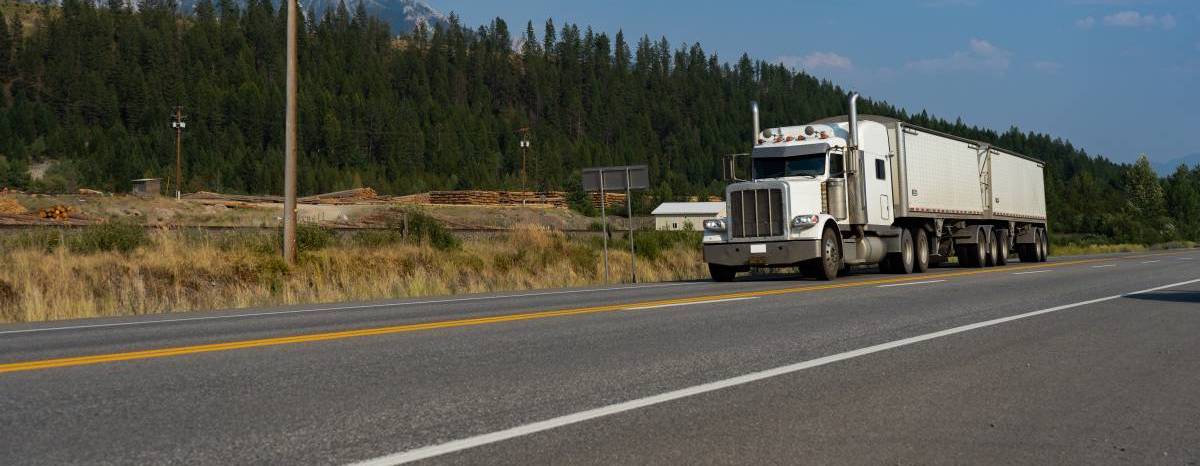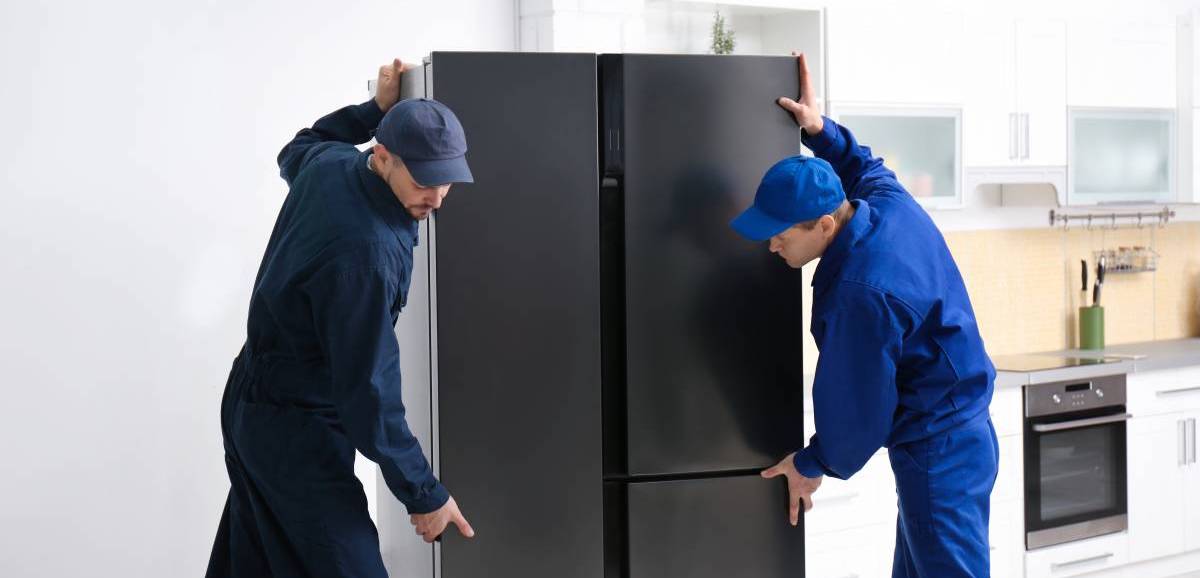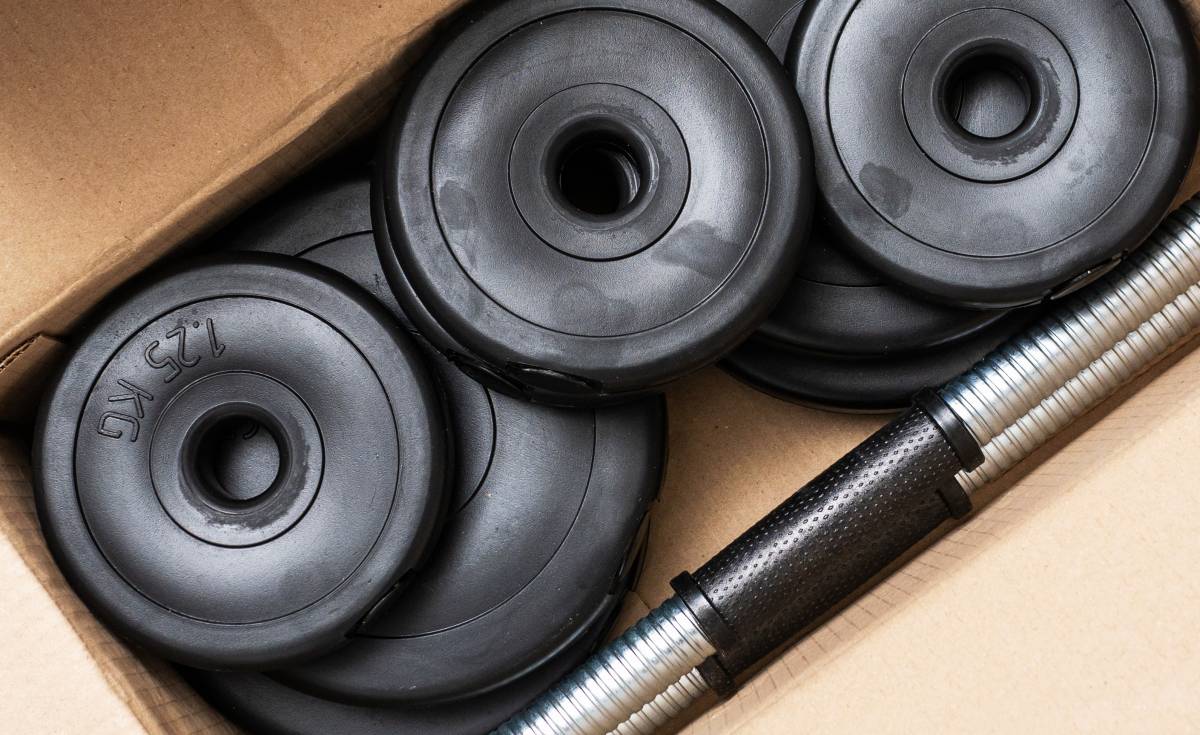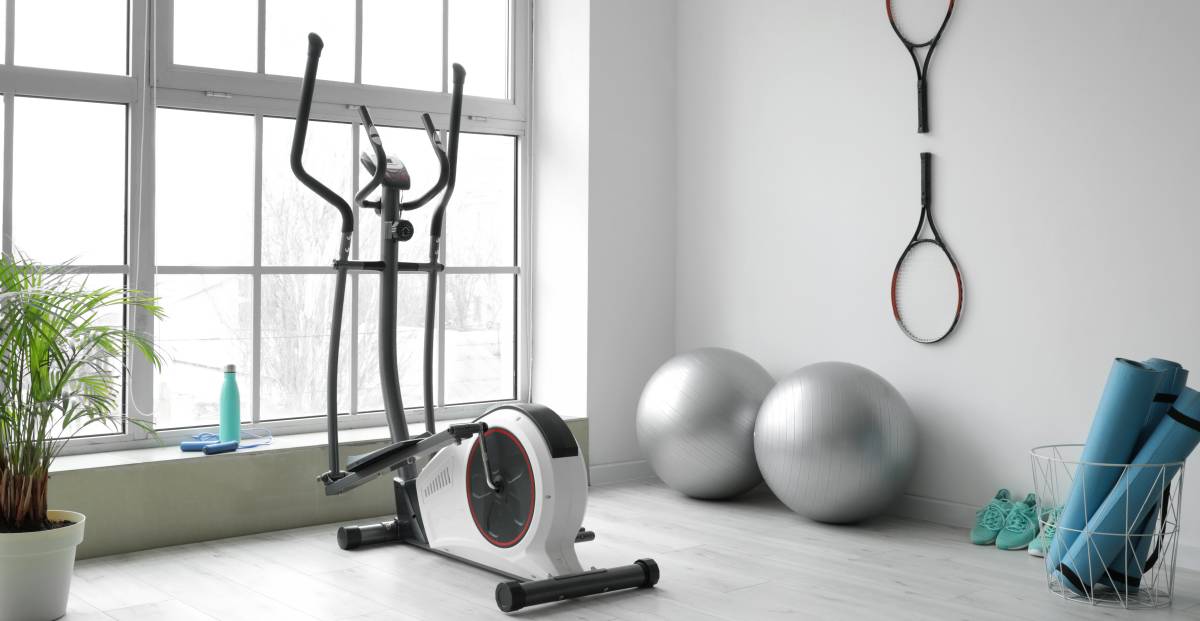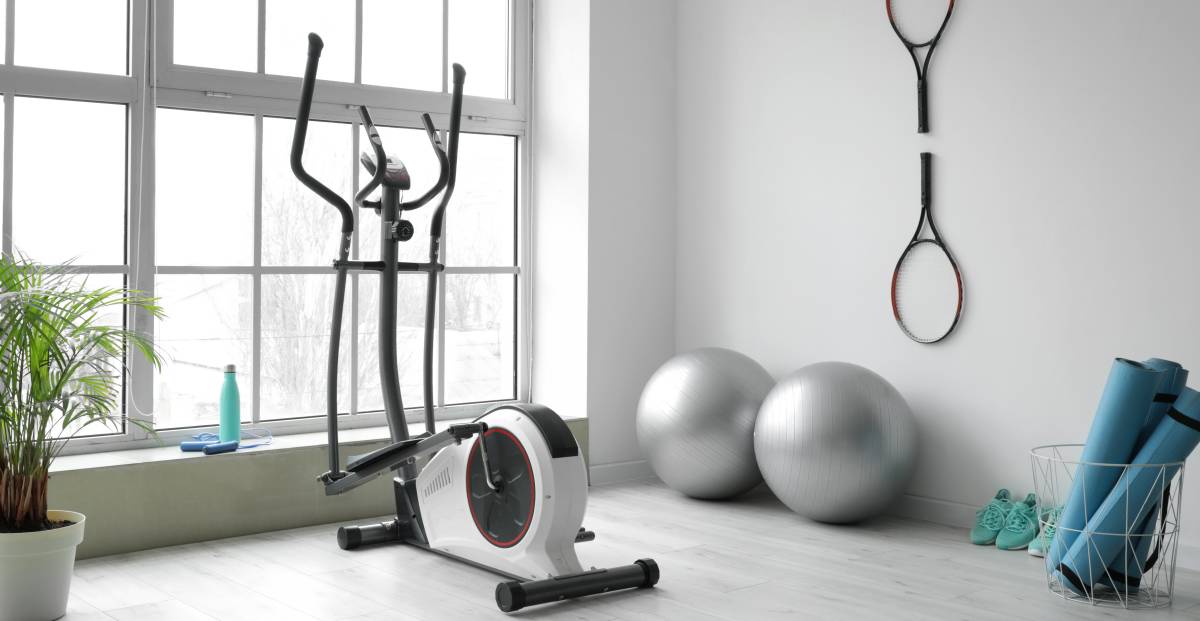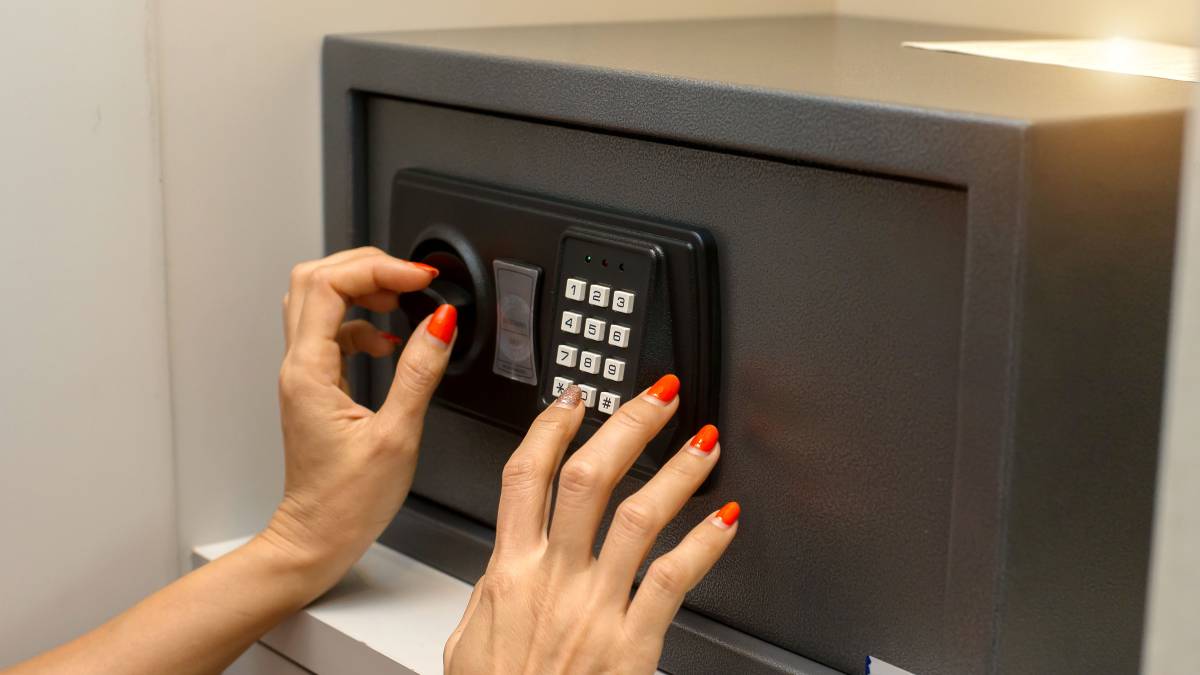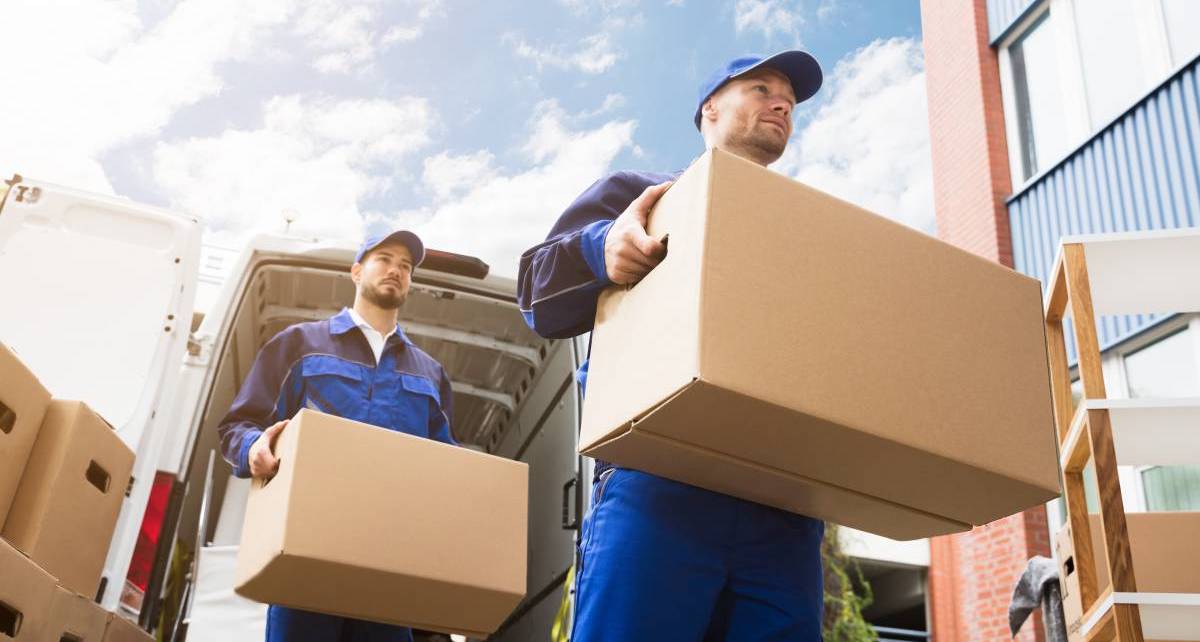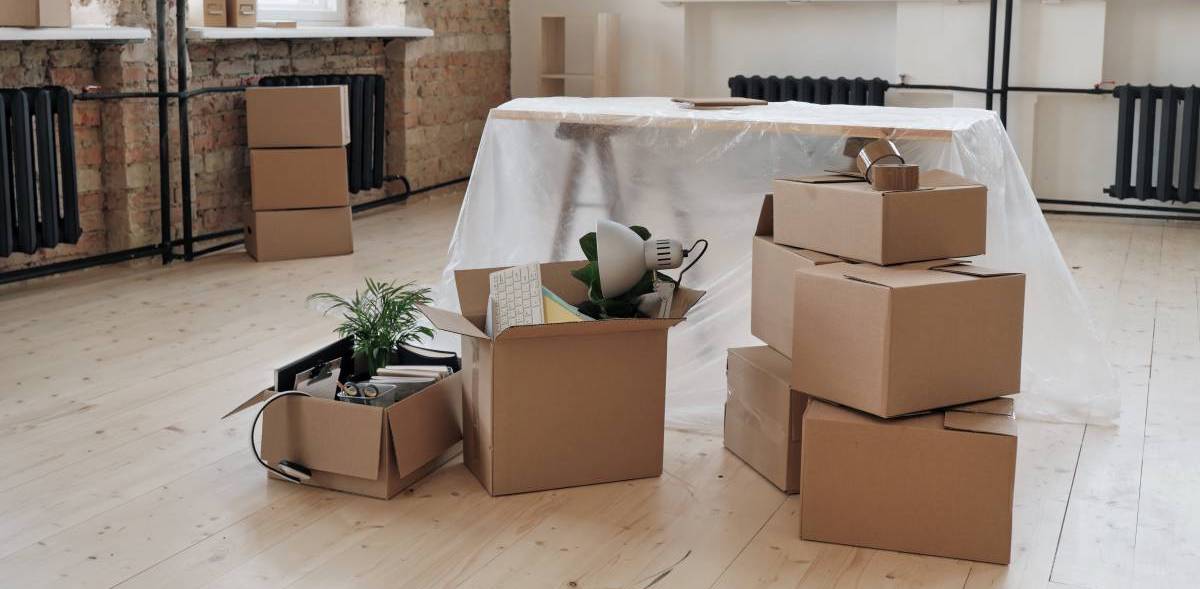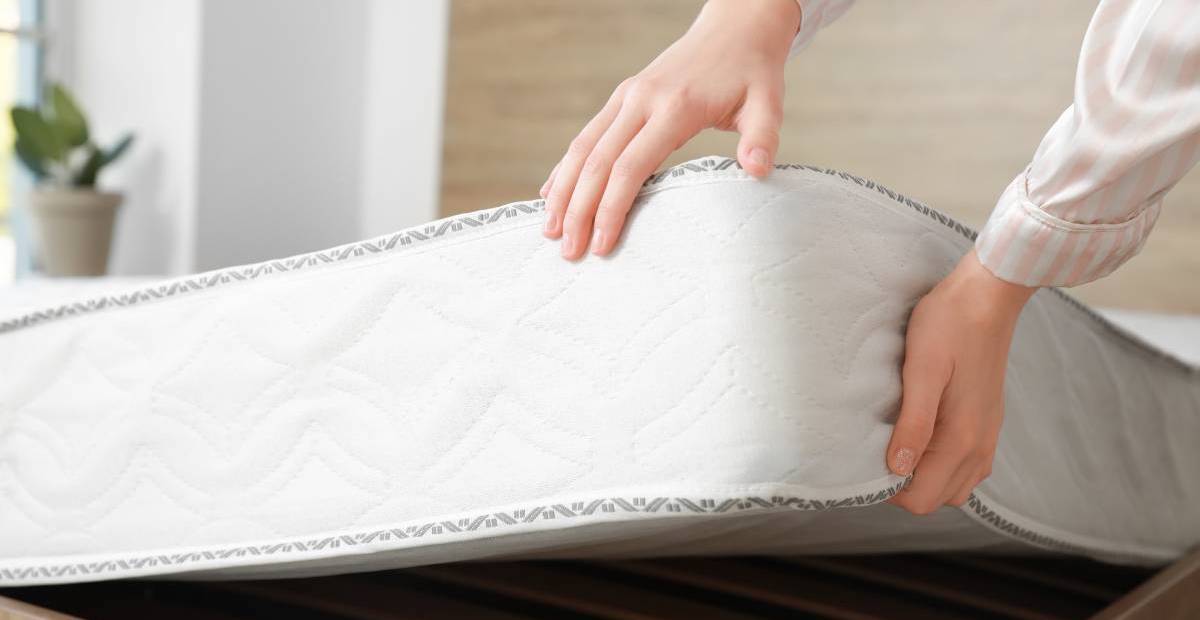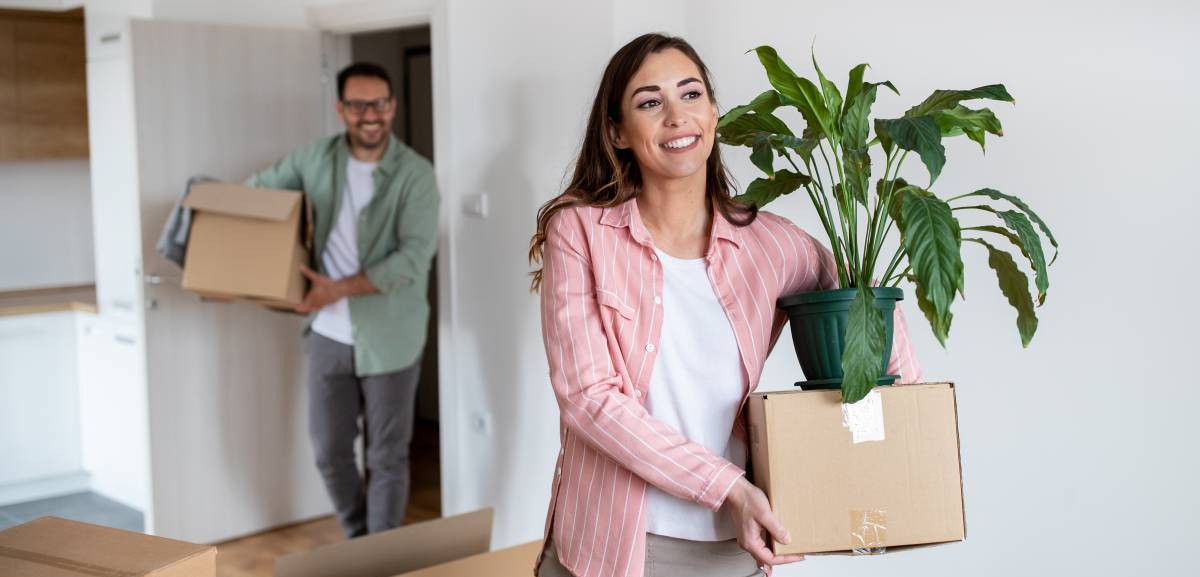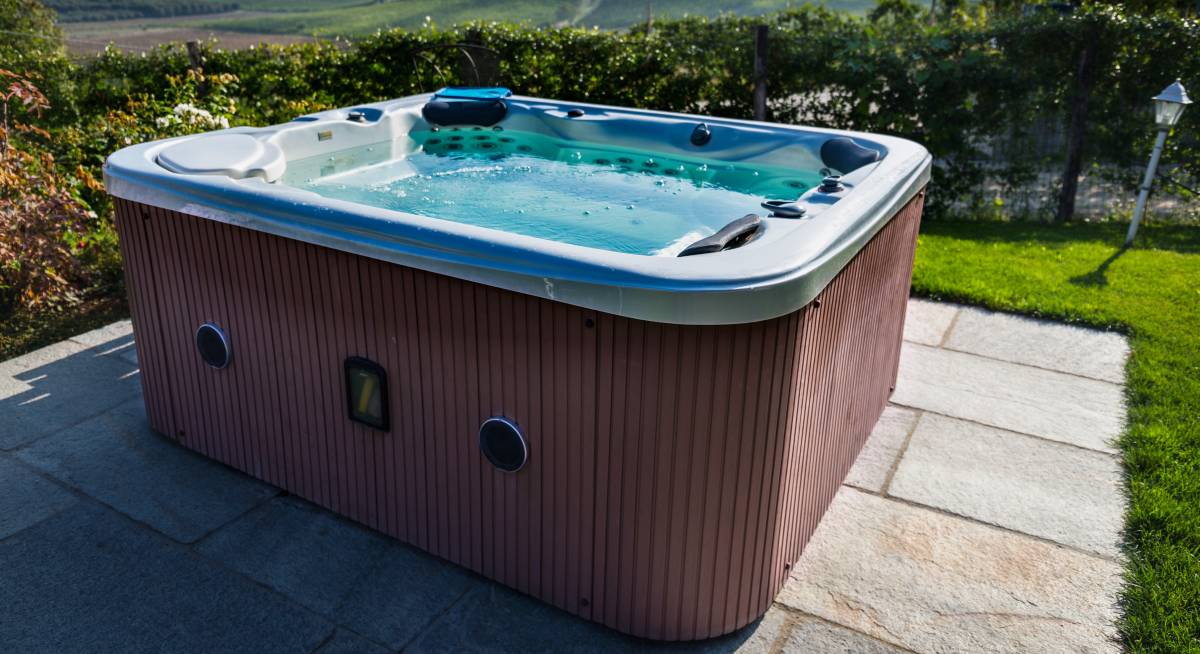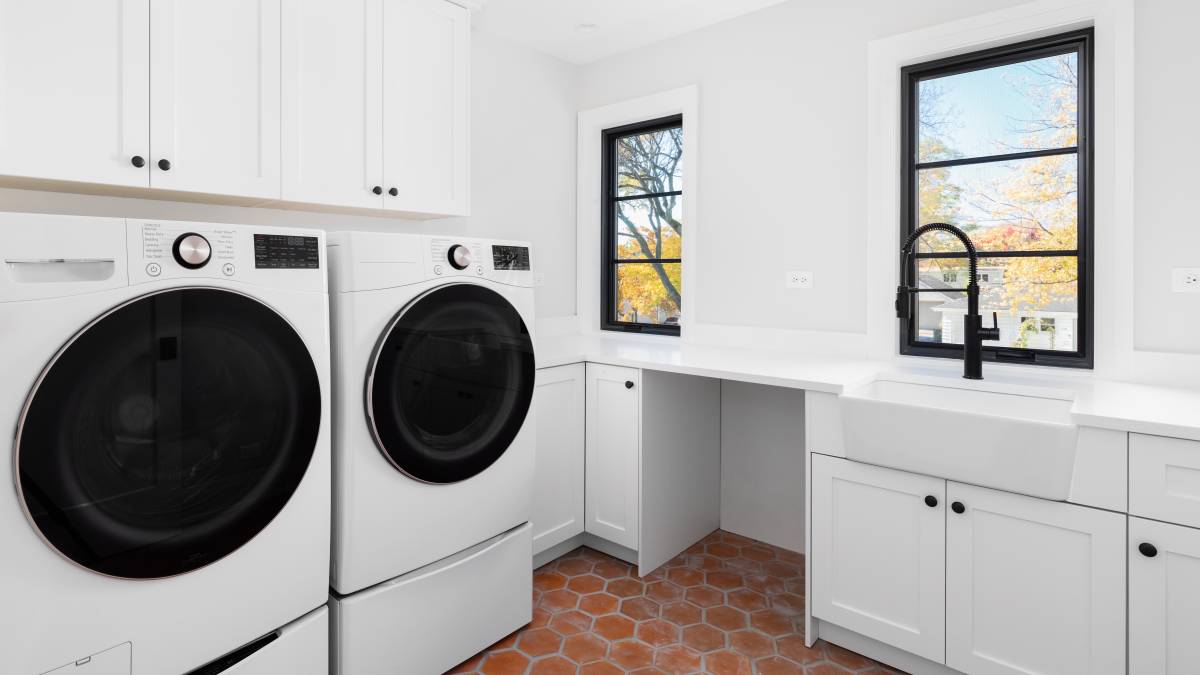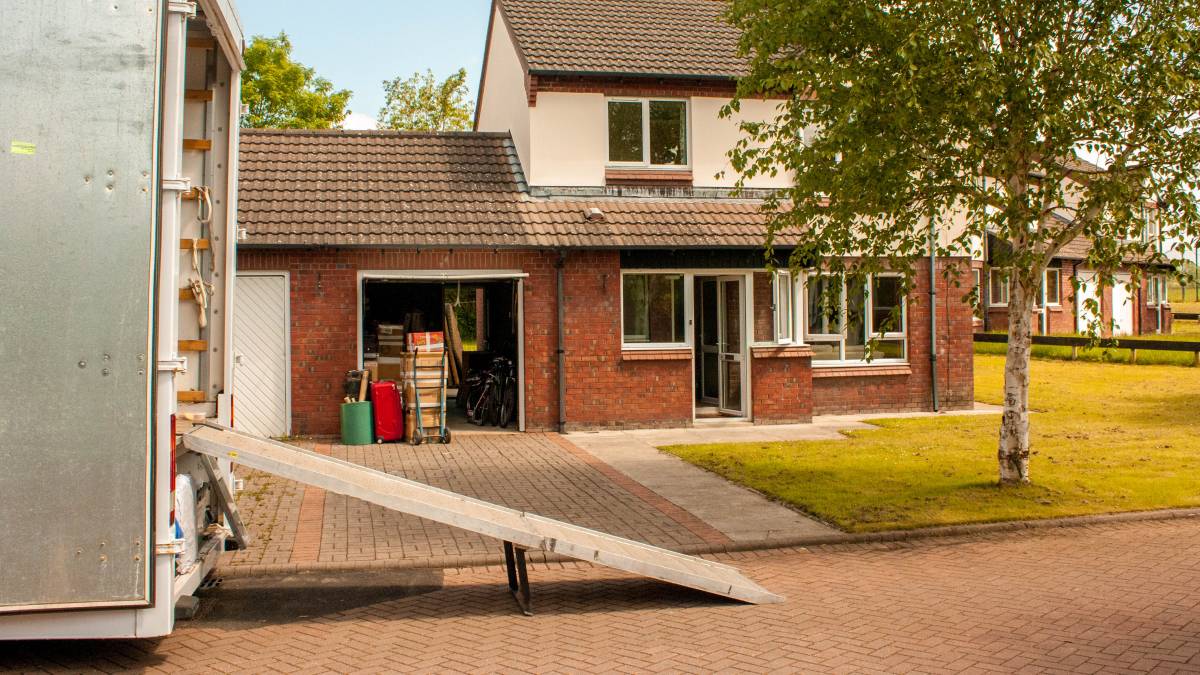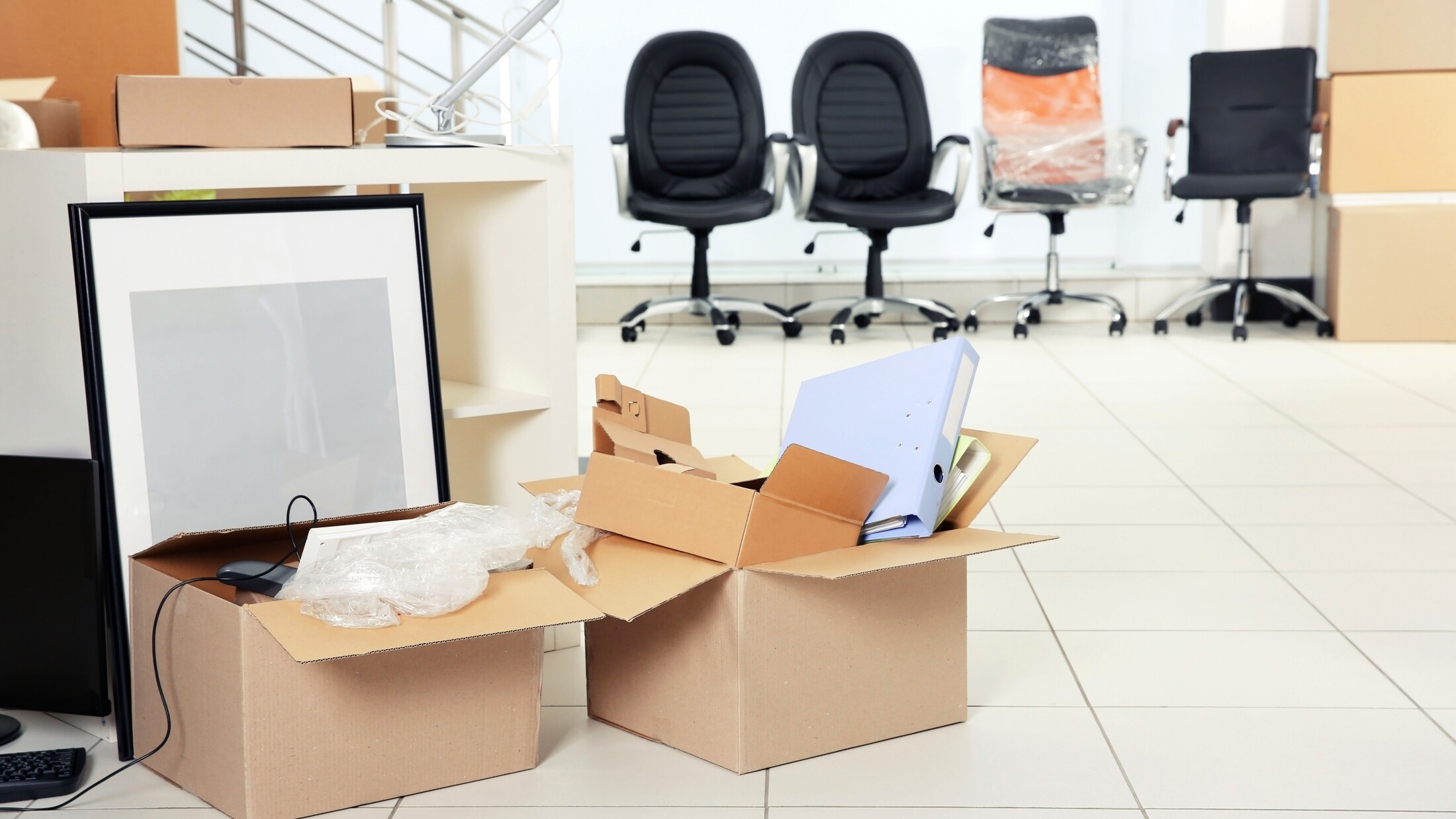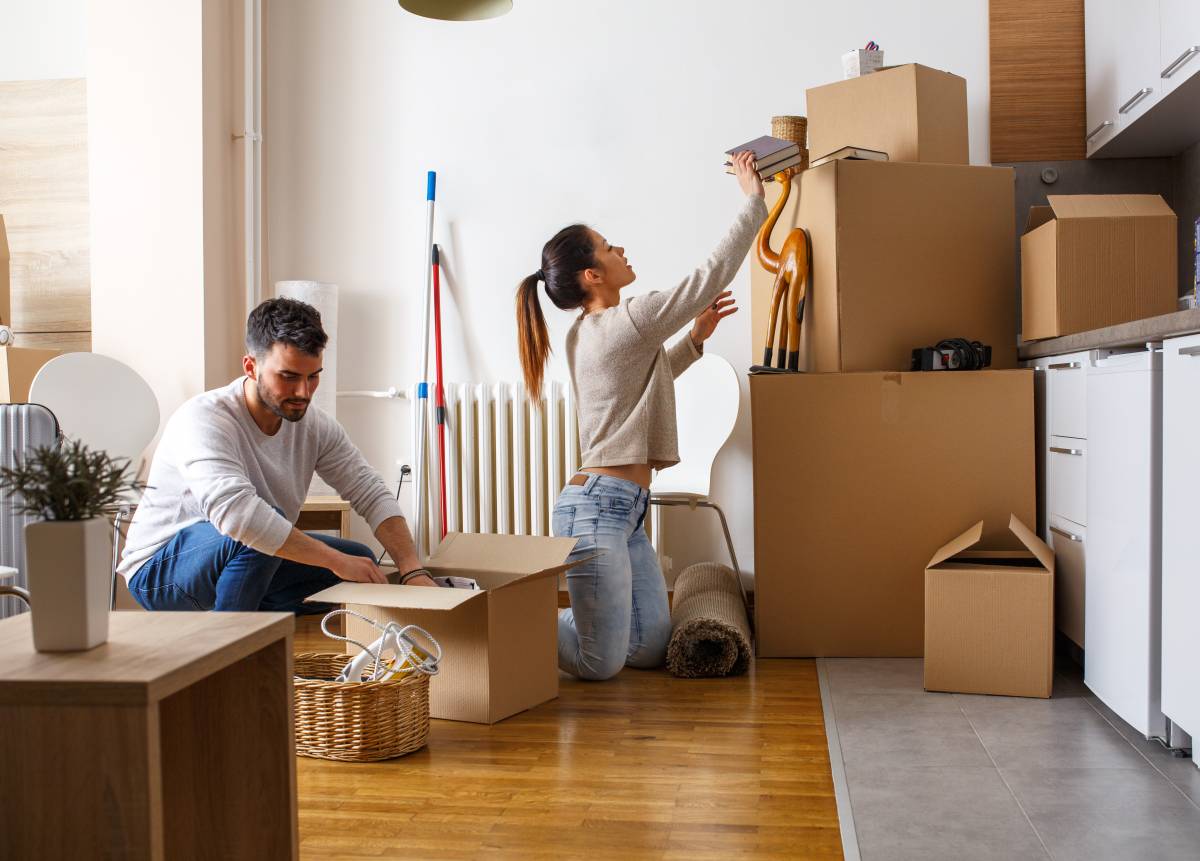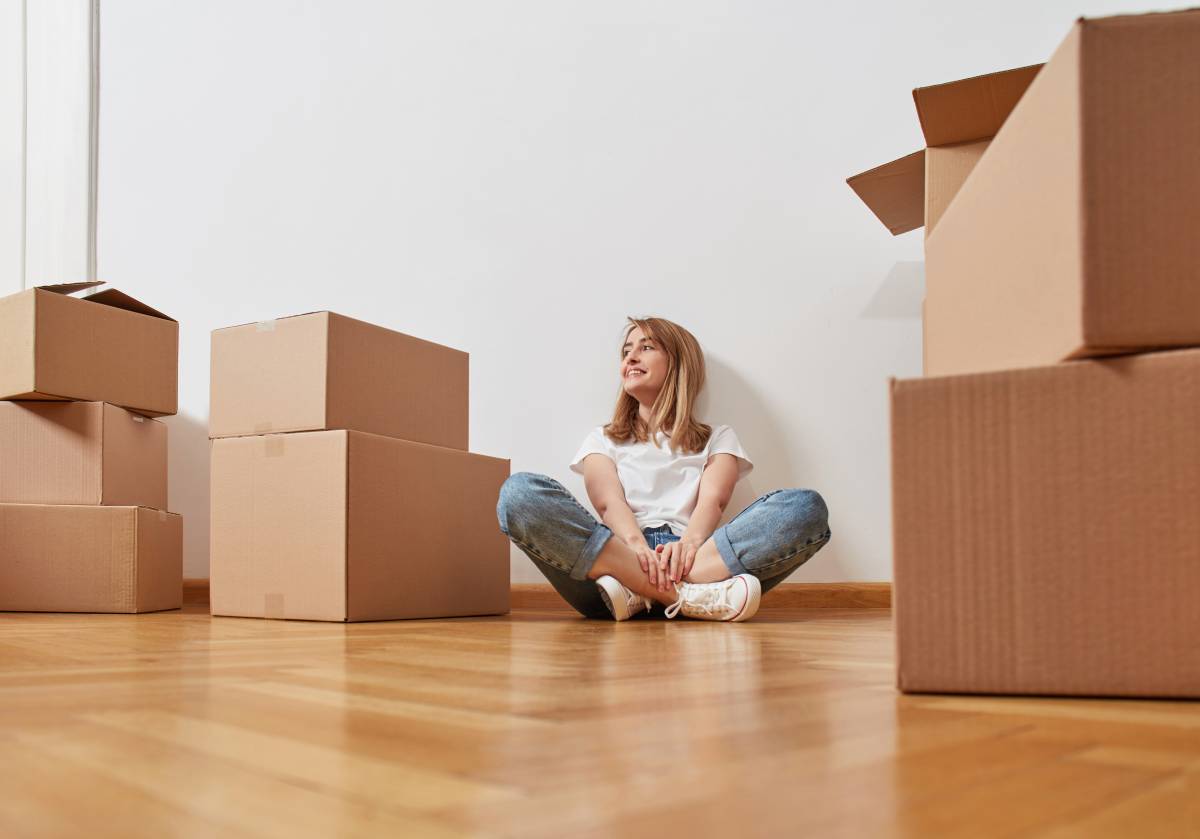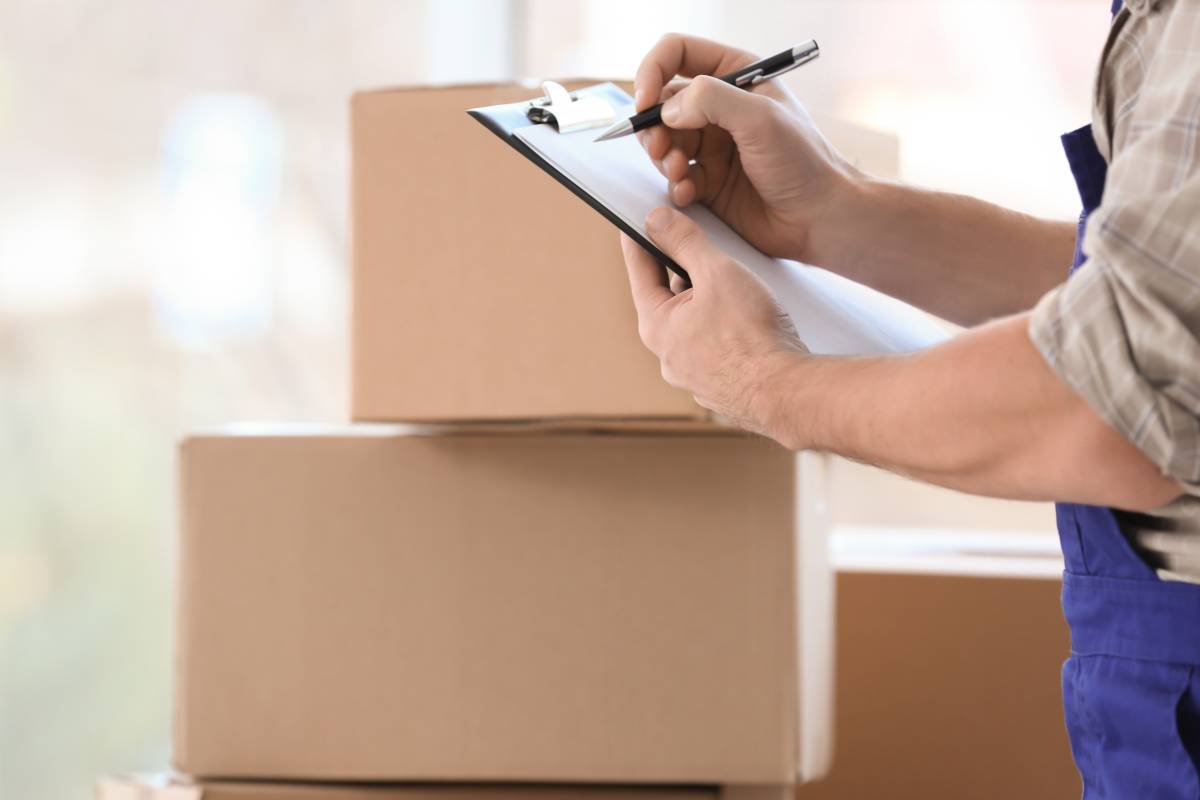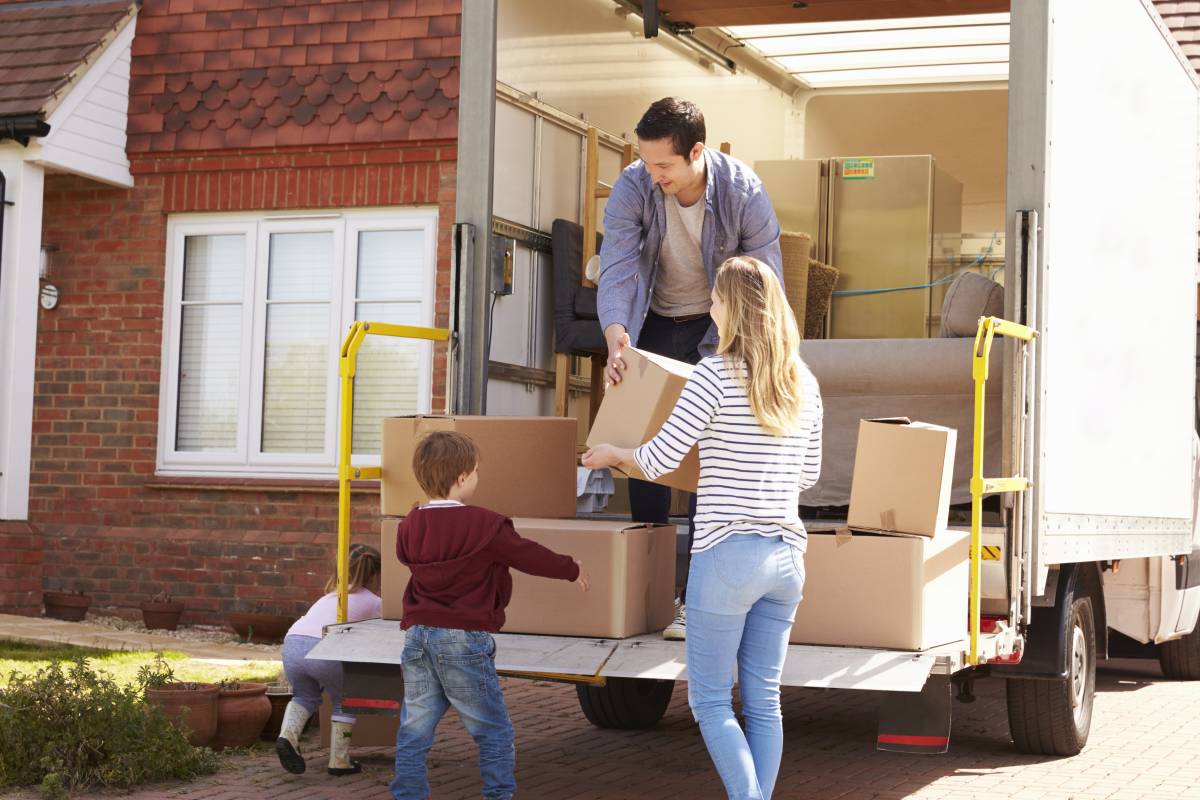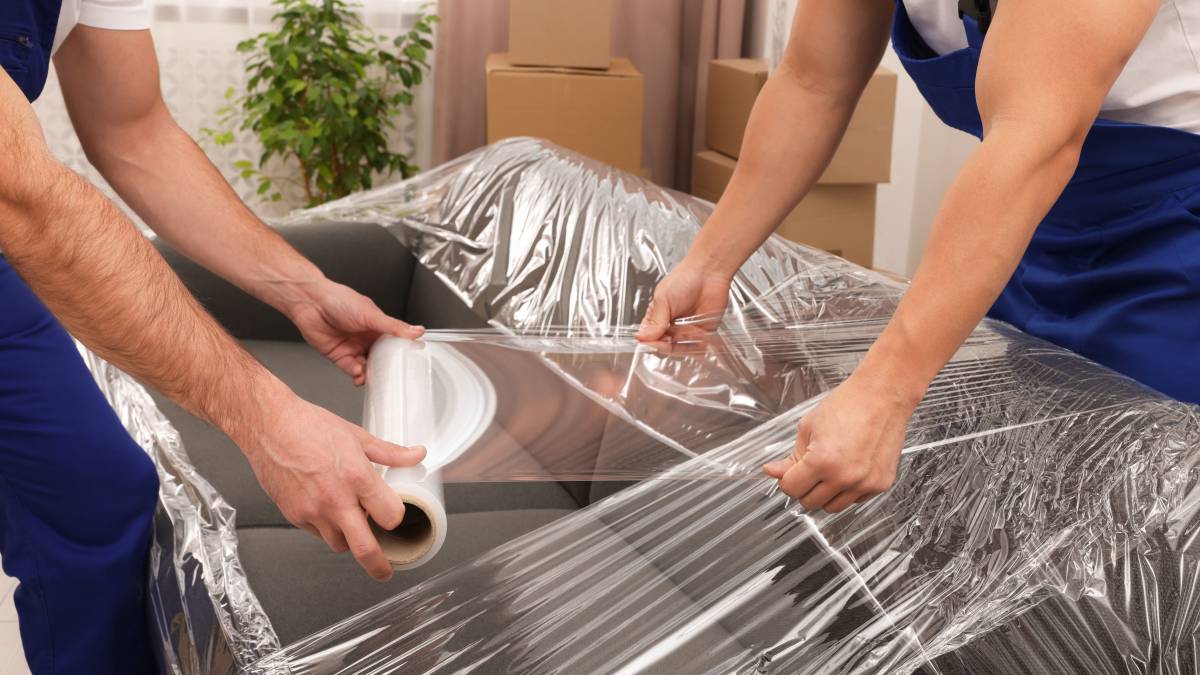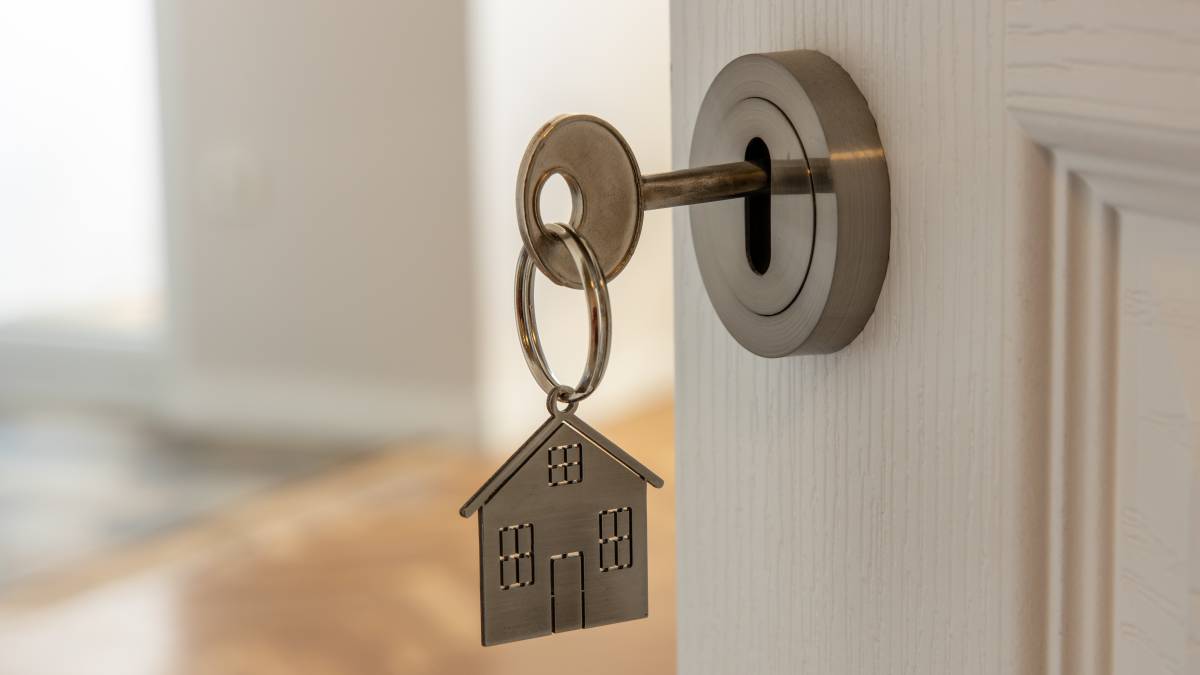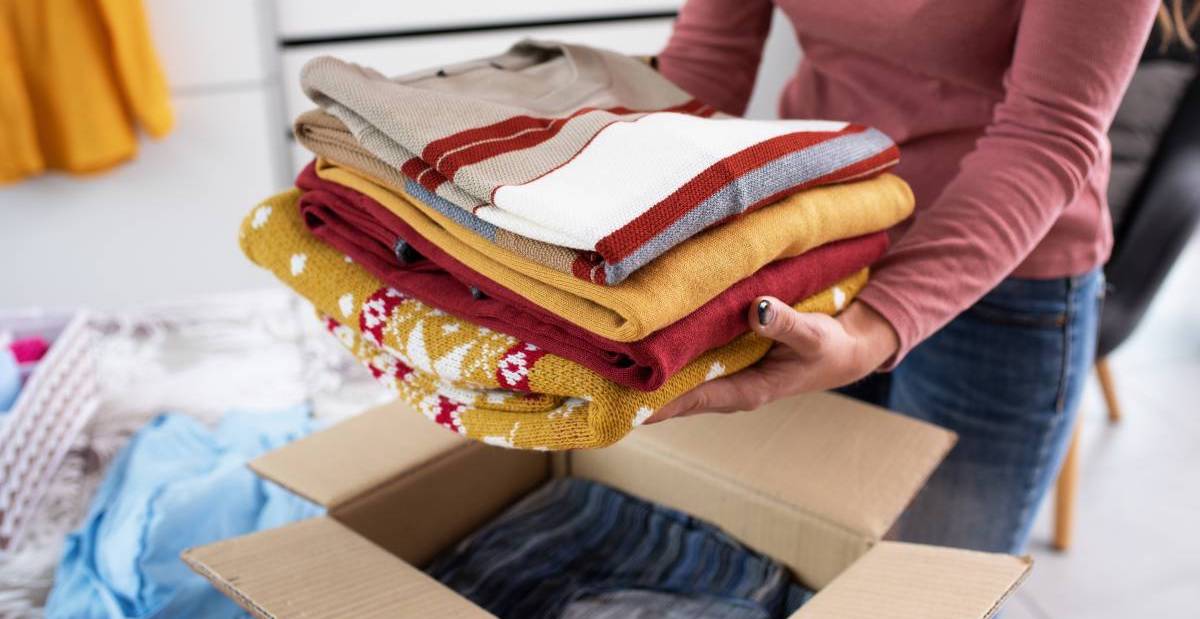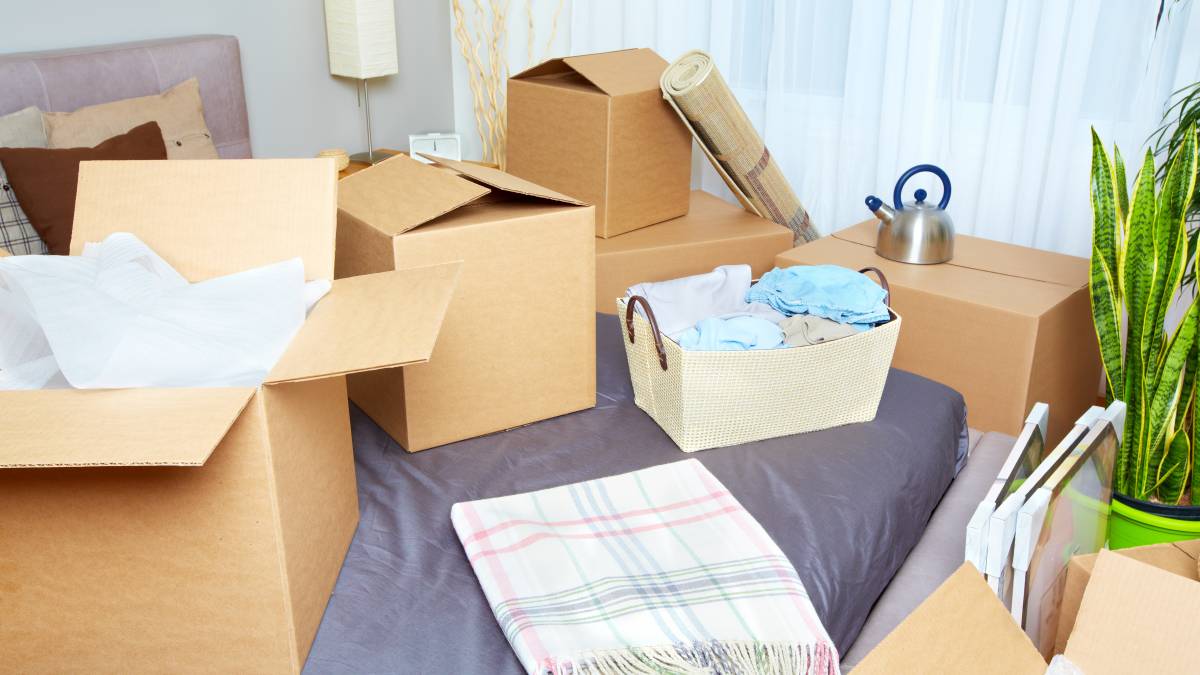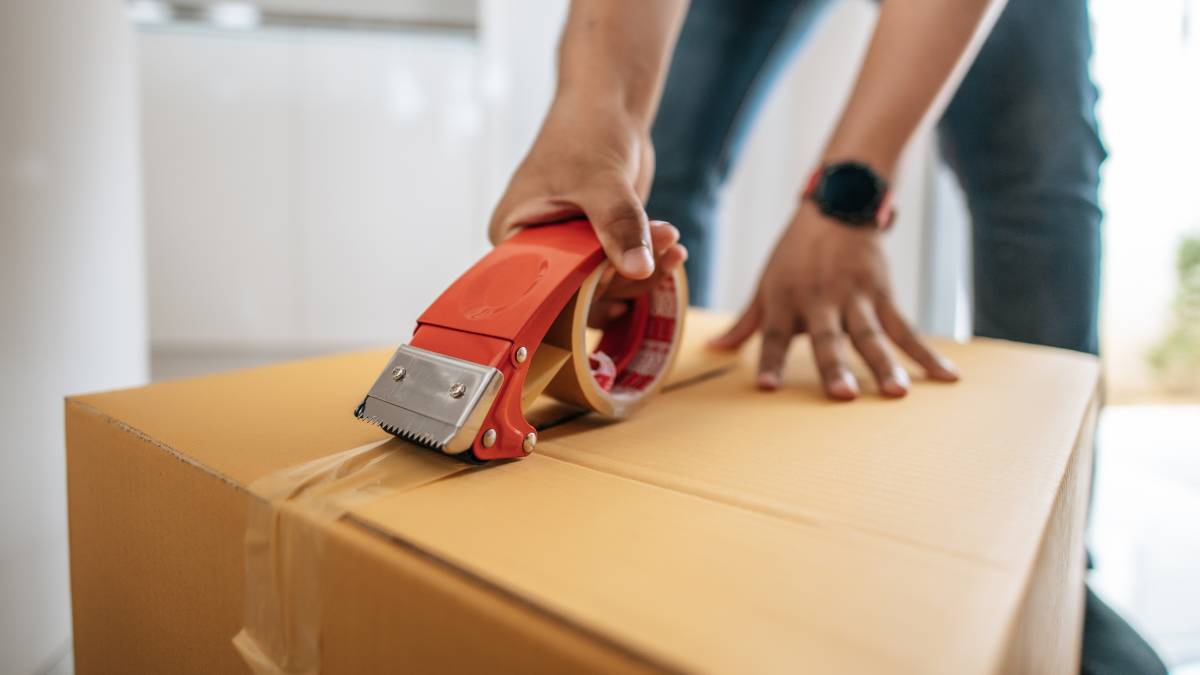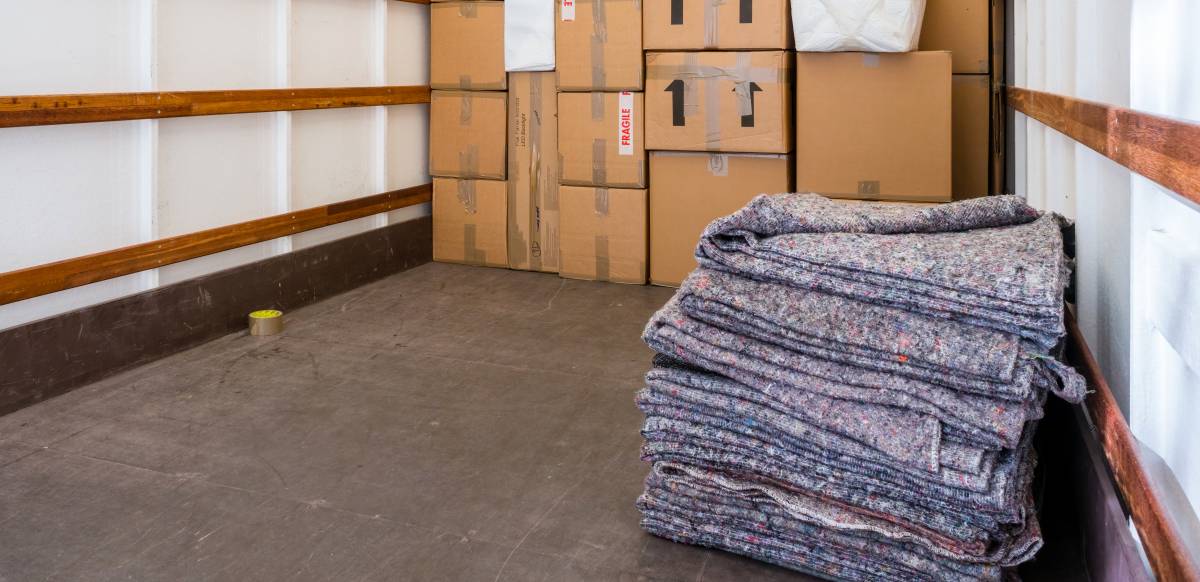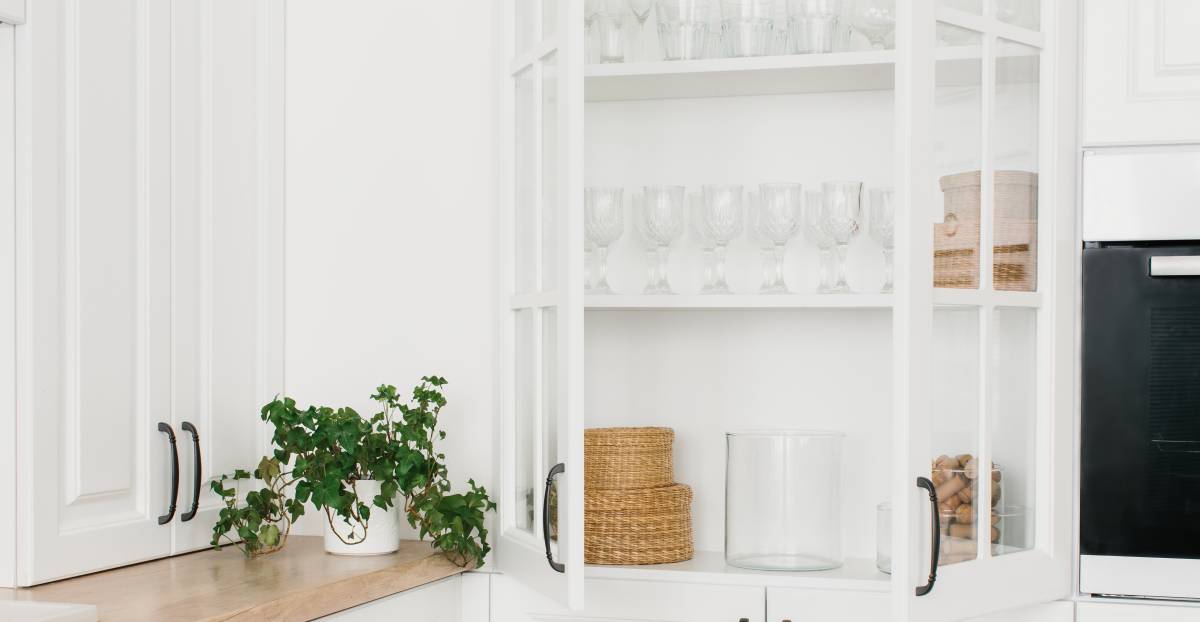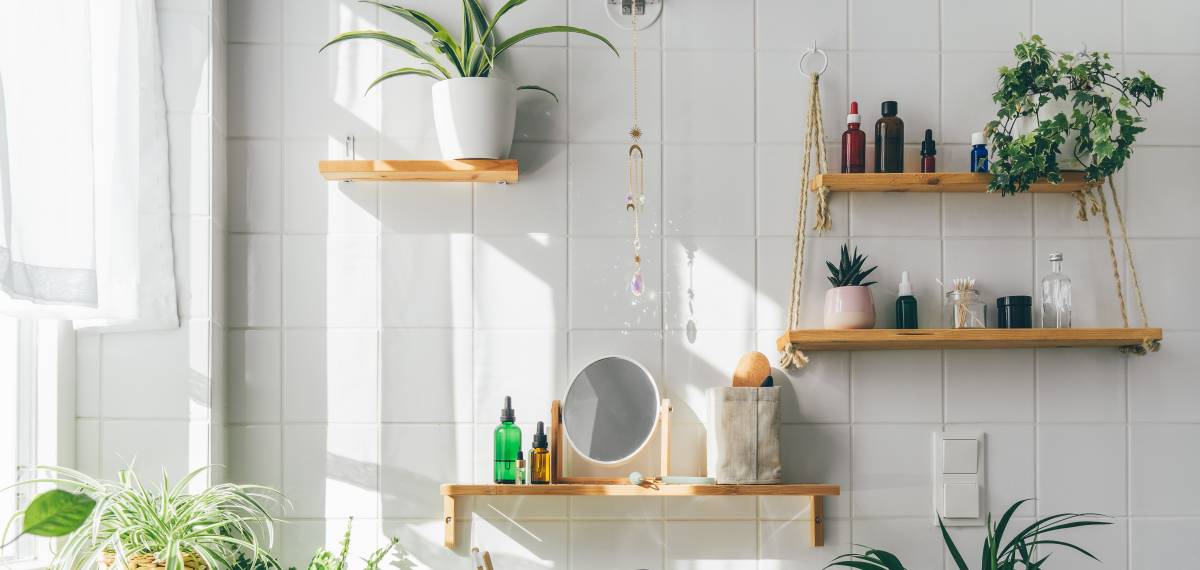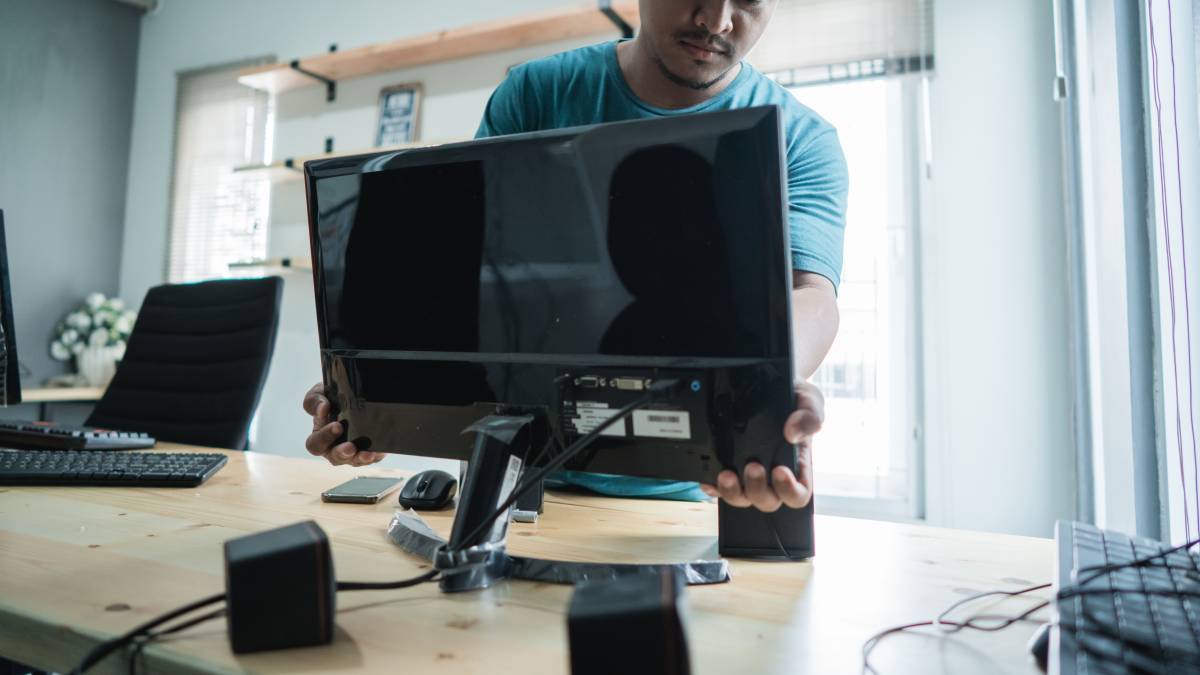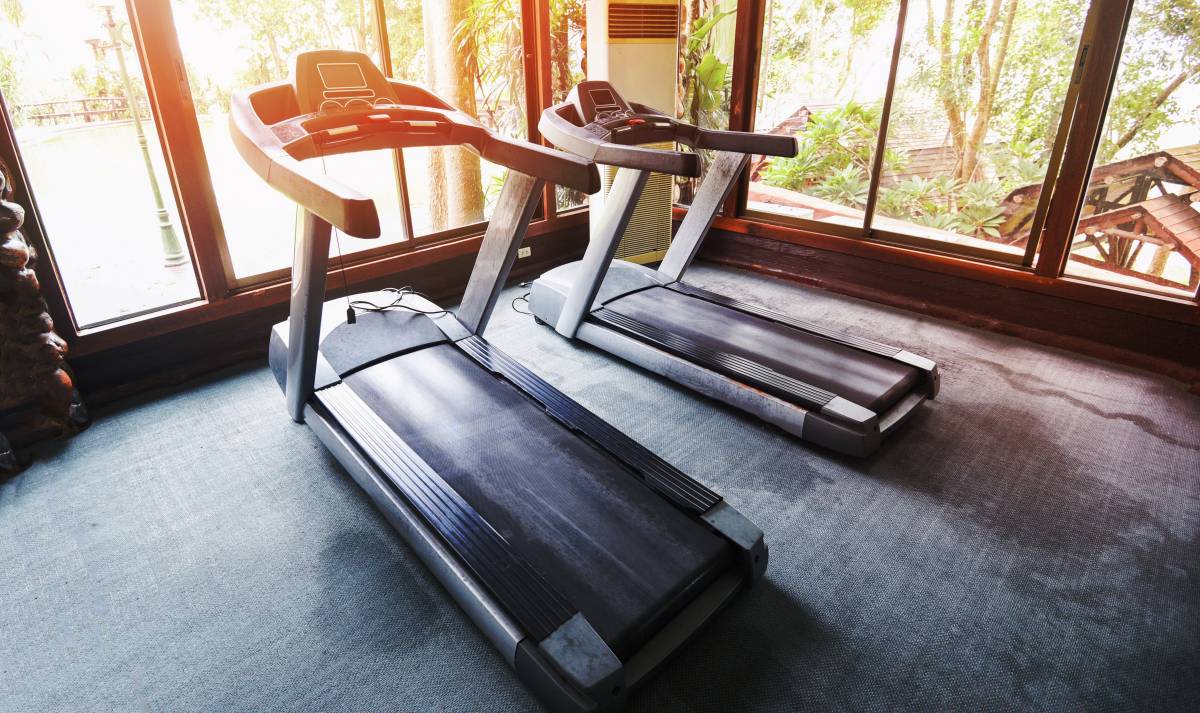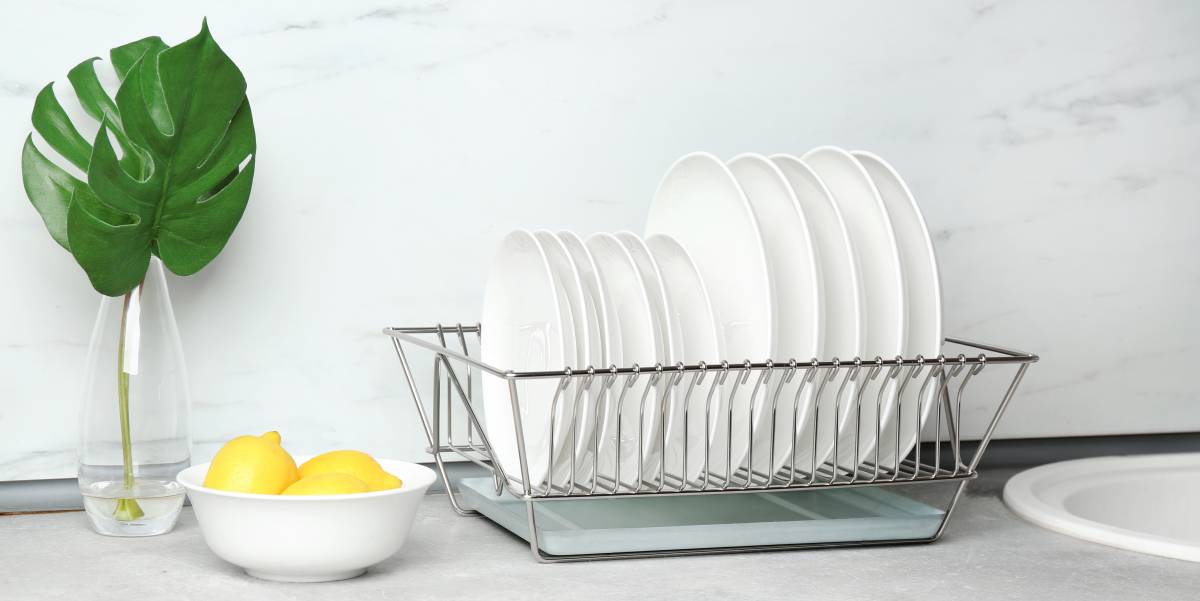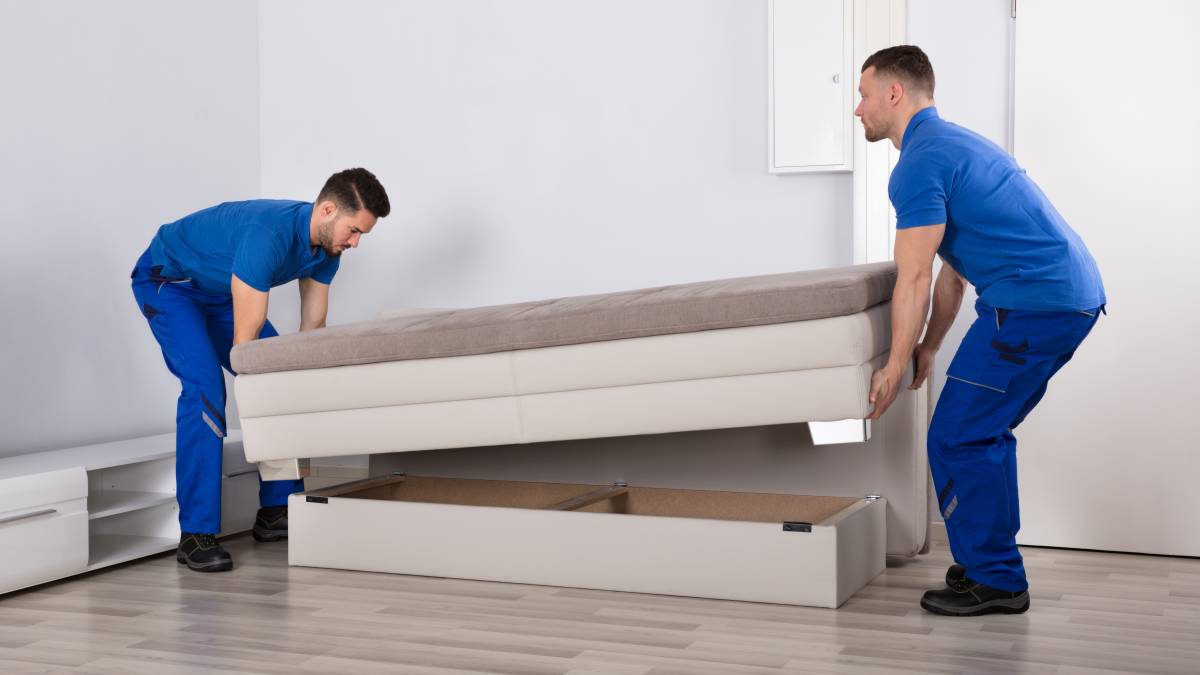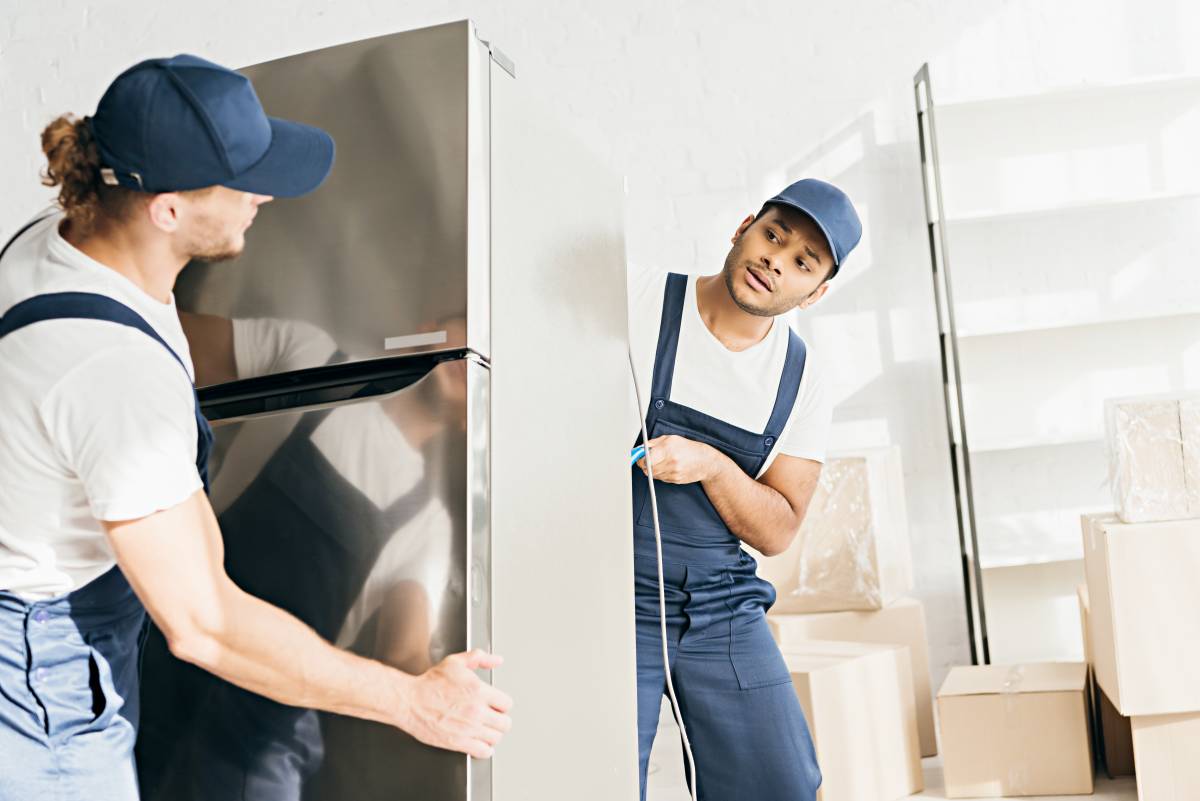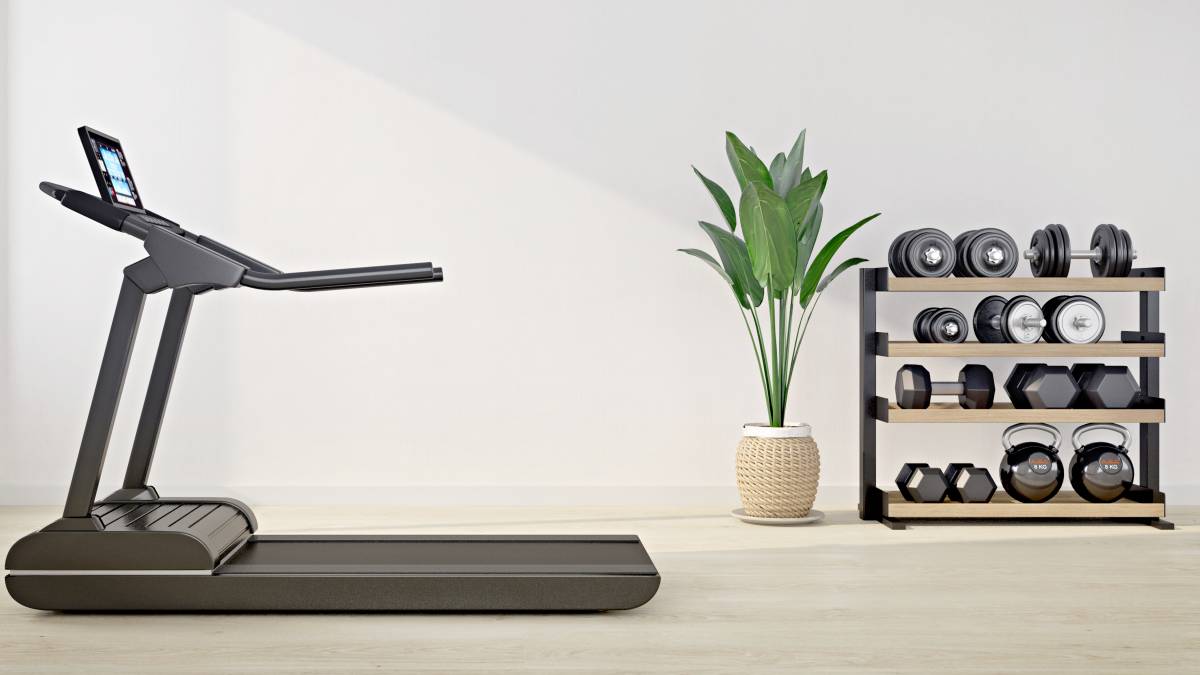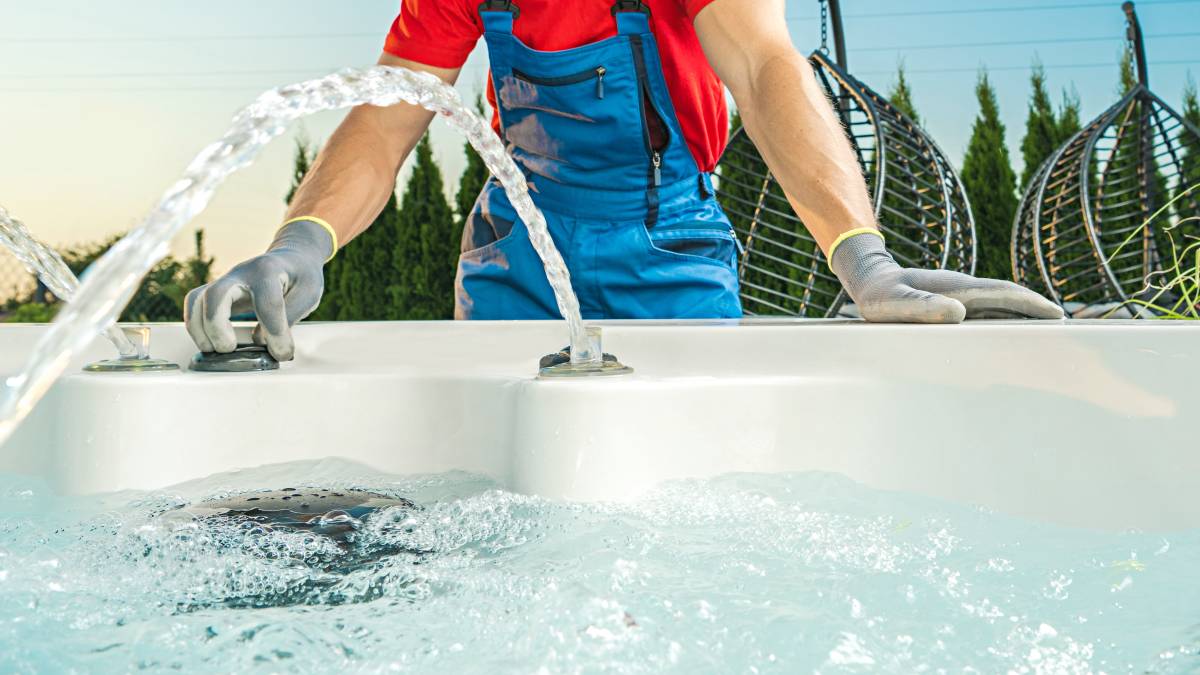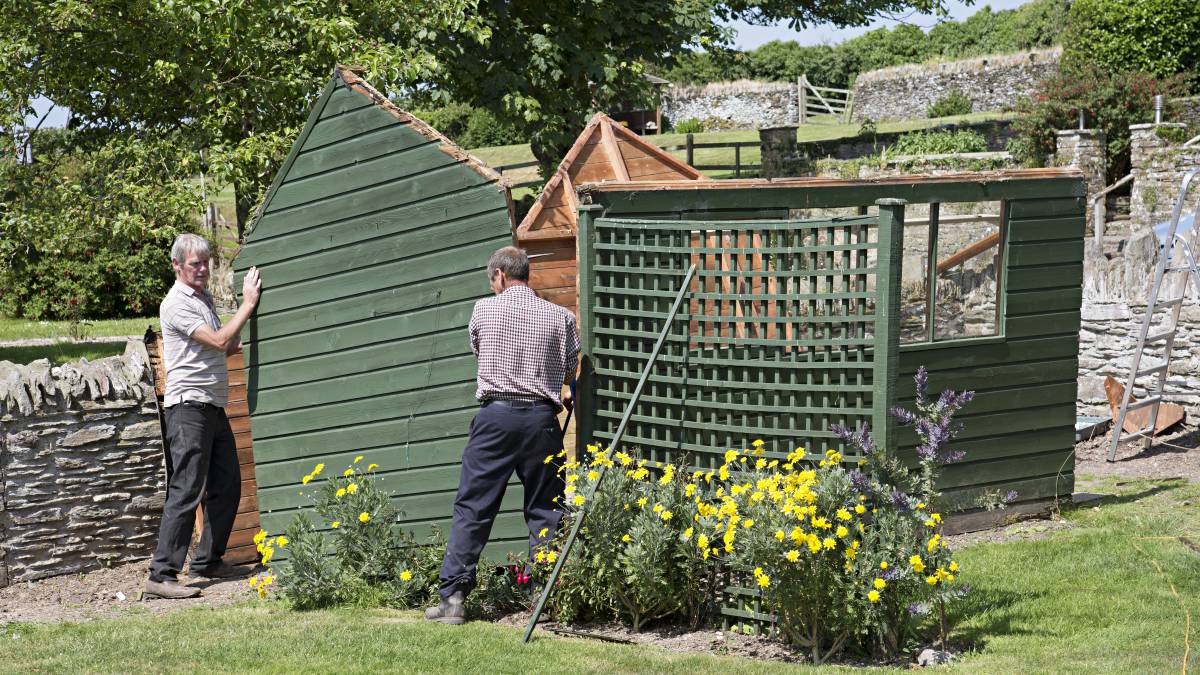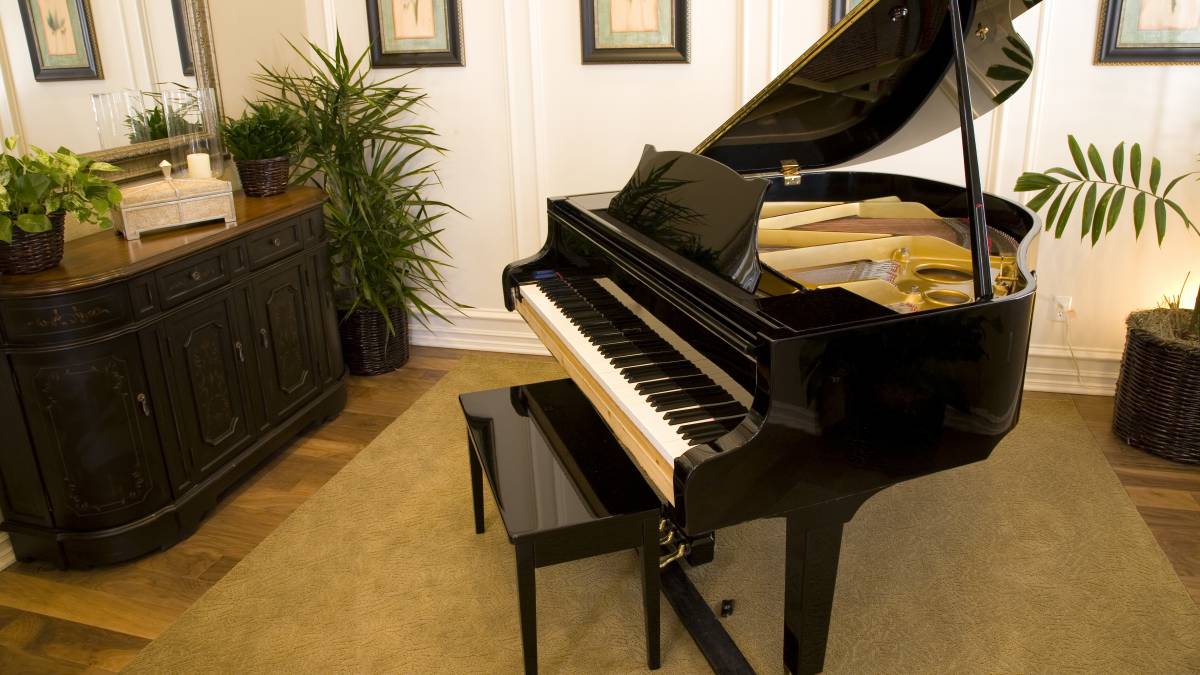- Home/
- Guides/
- Packers & Movers/
- How to Use Bubble Wrap
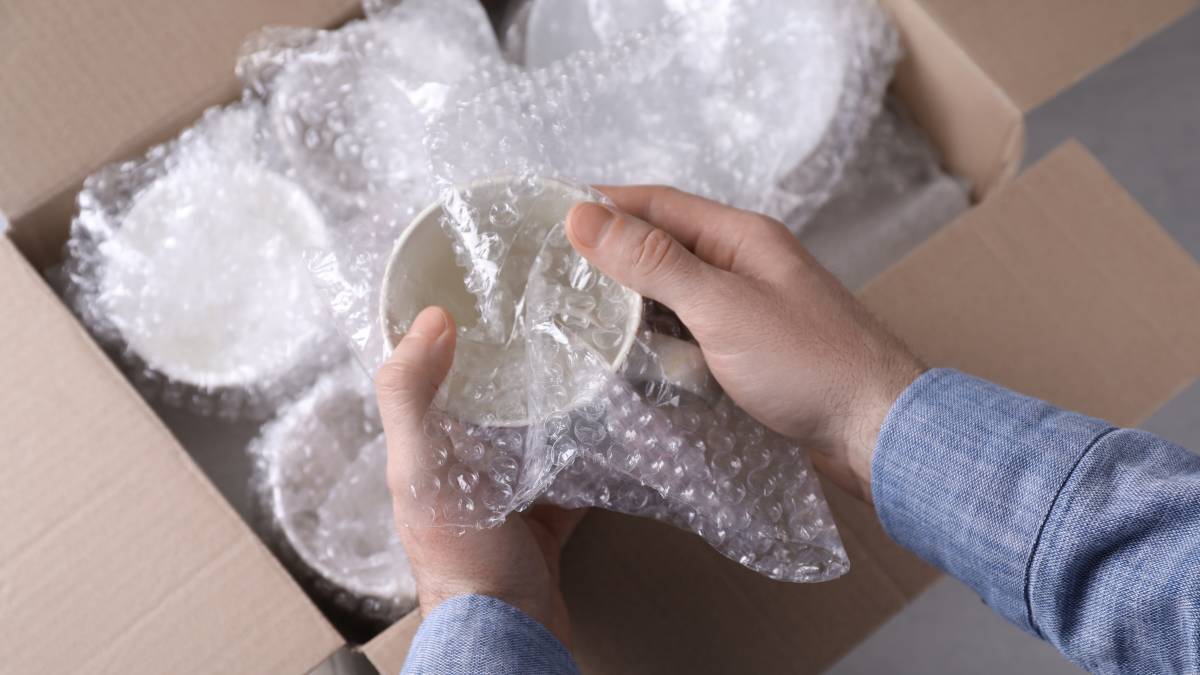
Wrap and protect: Here's how you can use bubble wrap for packing
Use bubble wrap to keep your items secure on the move. Find out how to pack with bubble wrap easily!
Work with a professional packerPublished on
Moving and packing can be overwhelming. How would you feel if you discovered your prized possessions have shattered into pieces upon opening? Nobody wants their heirloom china or vases shattered! These mishaps could have been avoided using a dependable packing material—bubble wrap.
Bubble wrap is one of the best packing materials you can use when preparing to pack and move places. So if you’re looking for how to pack fragile items for moving, you’re in the right place. Read on to learn how to use bubble wrap properly.
What you’ll need
Bubble wraps are reusable, so scouting online through family, friends, or neighbors might be helpful. They might have a few lying around from deliveries or a previous move. You can use bubble wrap to pack fragile items, such as mirrors, artwork, vases, and other items that may be easily damaged.
Below are the things you need to prepare for packing your items for your move:
Bubble wrap
Tape
Scissors
Markers
Boxes
Packing paper (for additional support)
A flat surface with enough space
Bubble wrap for packing tips and completion time
Packing with bubble wrap is both economical and time-saving. However, remember that some items, such as dishes, mirrors, or computer screens, require additional support (such as newspapers or packing papers).
Bigger breakables may need more layers of bubble wrap, too. So it may take longer to wrap larger delicate items like packing artwork for moving. Moreover, packing appliances and electronics may require anti-static bubble wrap, so consider which items to use it for. Packing your belongings may take a day if you’re living in a one-bedroom flat.
A step-by-step guide to using bubble wrap for packing
Step 1: Work on a flat surface
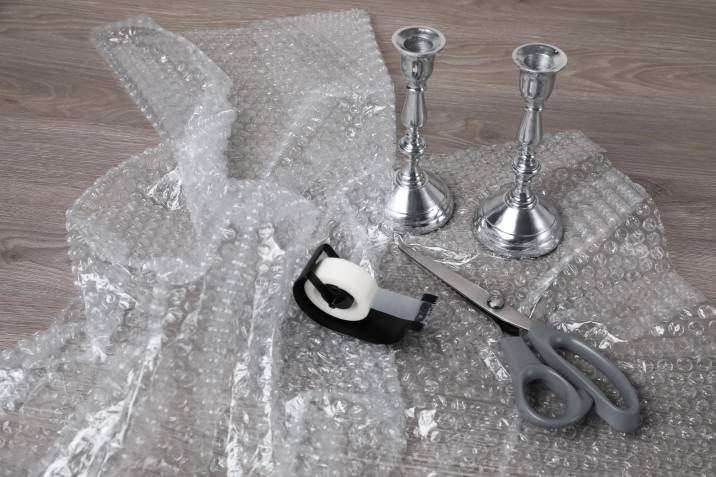
Find a flat surface with enough space to cut out bubble wrap sheets. Remove anything that could spill, such as your drink, and anything that could leave scratches or marks, like keys and other sharp objects.
Step 2: Cut a generous size for each of your item
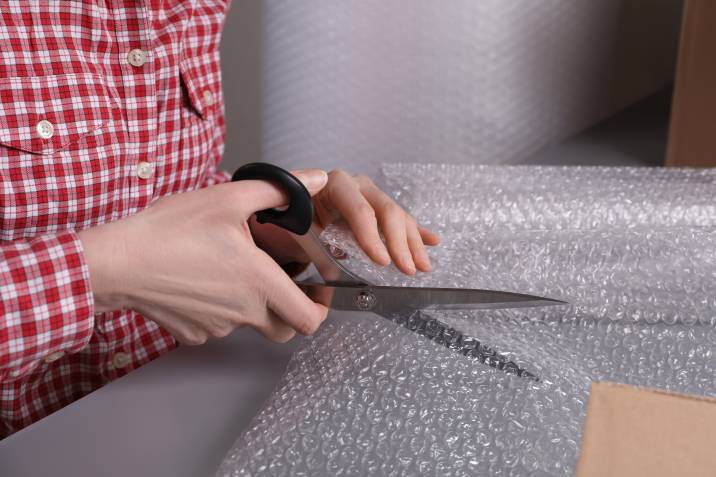
Time for cutting the bubble wrap! Lay the item to ensure you’re cutting large enough bubble wraps to cover the item multiple times. Make sure to use scissors to cut through the wrap neatly.
|
💡Tip: Which side of the bubble wrap to use? Bubble side in, flat side out. The flat side of the bubble wrap should be outside, whilst the side with the bubbles should face your item because it acts as a cushion for safety in transit. If the bubble side is outside, there is a higher possibility of popping and eventually less protection against breakage. |
Step 3: Wrap the items
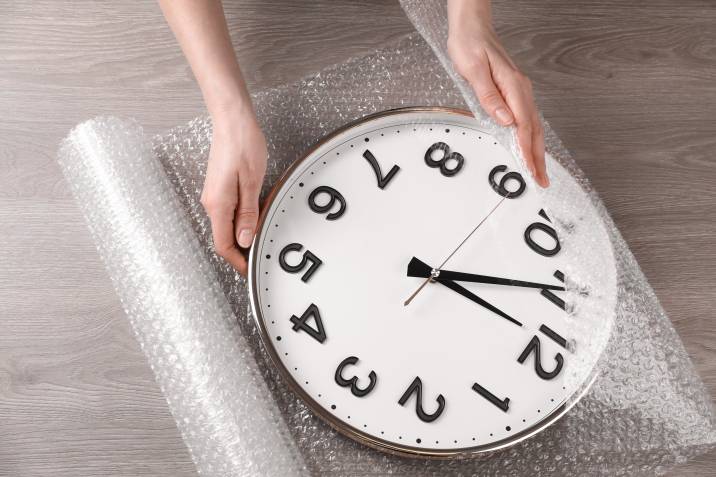
There are two ways to wrap your belongings: one is to fold, and the other is to roll up the item into a cylinder shape (burrito method).
If the folding method is the best for your item, place it in the center and wrap it generously. If you opt for the burrito method, put your item on one end and roll it up, allowing multiple layers of bubble wrap to surround it.
For guaranteed safety, use other packing materials for support. For example, the best way to pack dishes is to mix them with a newspaper or kraft paper before using bubble wrap.
Step 4: Use tape, scissors, and other materials to secure the item 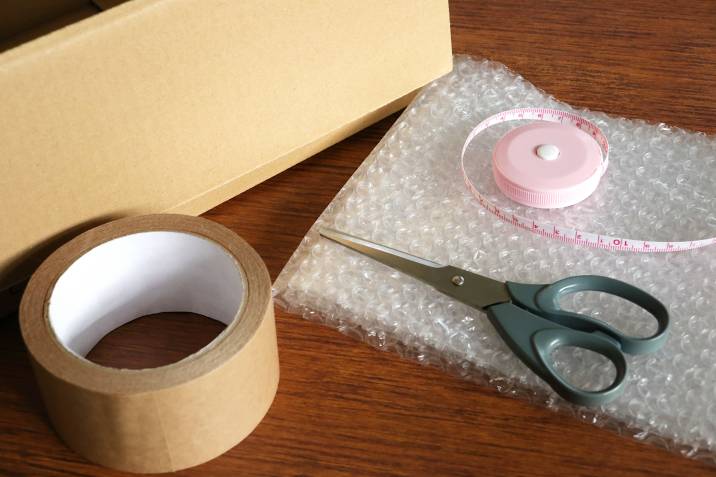
On top of wrapping your item generously with layers of bubble wrap, make sure to use tape, scissors, and other packing materials (like packing paper, newspaper, and foam) for added protection and to keep the item from sliding inside the packaging or box.
Using tape will hold the bubble wrap and/or your item in its position, avoiding breakage by slipping even during the wrapping stage. Avoid tearing bubble wrap by hand! Instead, use a pair of scissors so you can prevent injuries and damage to your belongings.
When it’s time to place them in your moving boxes, you can put in an extra bubble wrap for padding and to secure the items in place.
To (bubble) wrap it up
Wrapping with bubble wrap ensures that your fragile items, your prized possessions, are kept in a safe and secure condition when moving. But to ensure maximum safety, learn how to use bubble wrap correctly. If you're a short on time and need to sort out more important moving tasks, you can always get in touch with trusted movers and packers to help you pack your belongings.
With preparations like this, you can make moving less stressful! You can also hire professional packers and movers to help you. Experienced movers have tried-and-tested systems that make moving easier and faster.
FAQs about using bubble wrap for packing
One option is to reach out to your family, friends, and neighbors. It’s not only economical, but it’s also great to reuse bubble wraps previously used for delivered parcels and/or moving as well. After moving, you can also save it and pay it forward to the next mover!
Another option is to get it from your hired movers. It ensures quality as you are getting professionally used bubble wrap for packing and moving items. You can also opt to buy online!
Instead of bubble wrap, you can also use cardboard, molded pulps, old towels, kraft papers, and honeycomb kraft papers among others. Some of these you can spot in your own home! Search for packaging used for your pantry staples (like eggs) or a recent delivery.
Find packers and movers, fast
Find a packer and mover
Related articles

A guide to becoming a mover
Read more
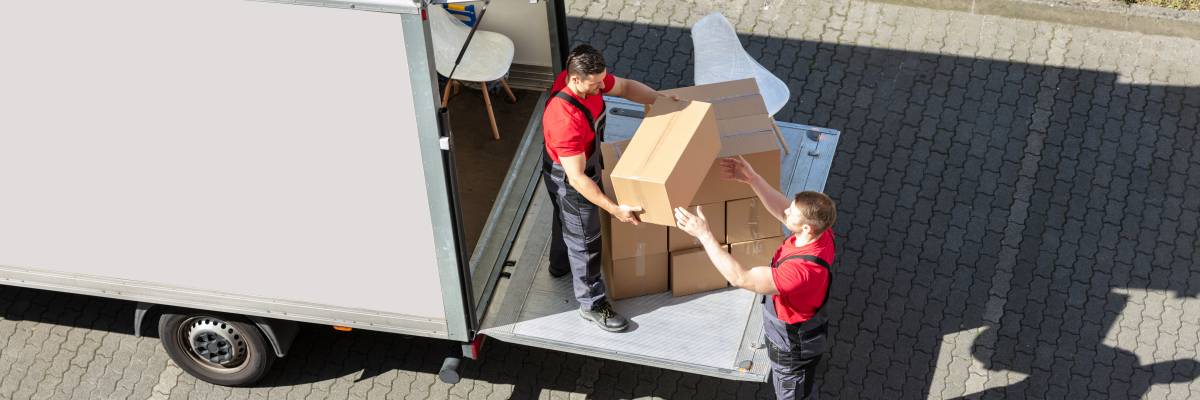
How much do movers make?
Read more
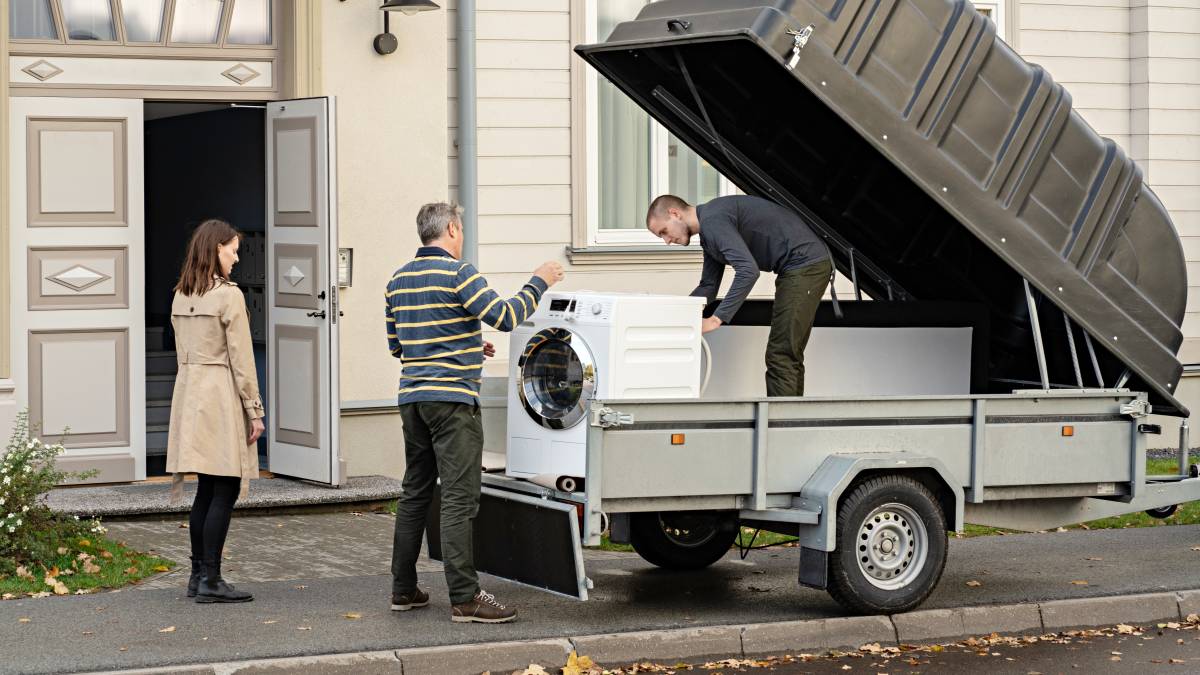
How to move a washing machine
Read more
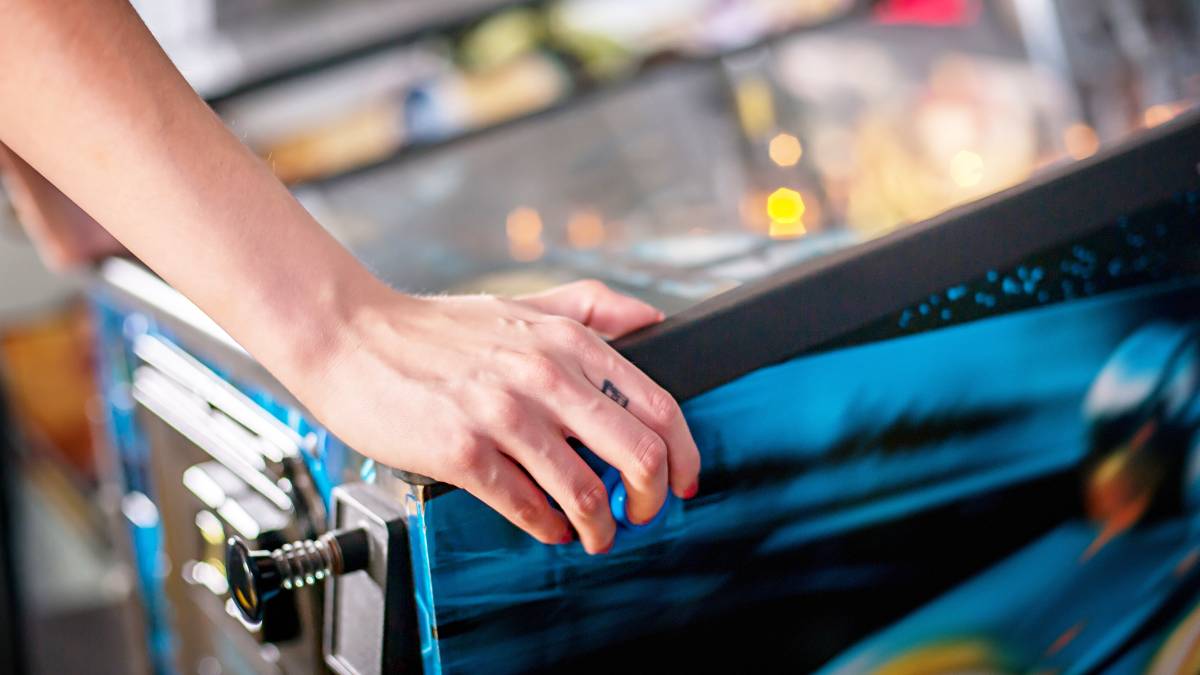
How to move a pinball machine
Read more
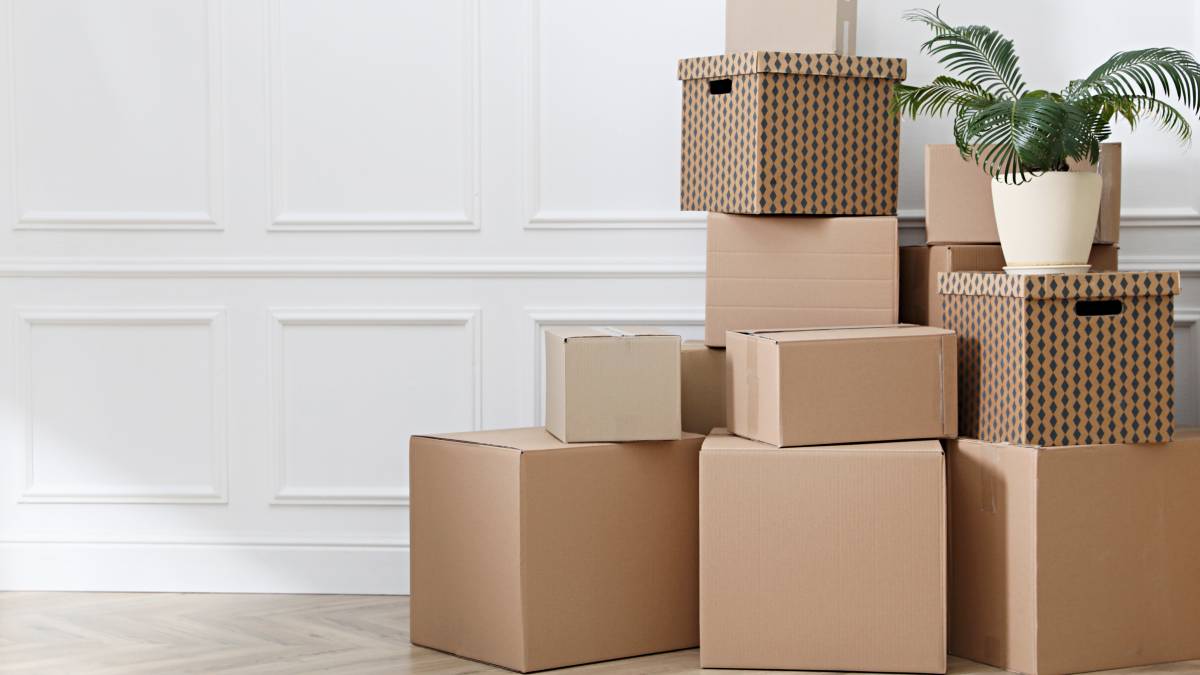
Where to get moving boxes for free
Read more
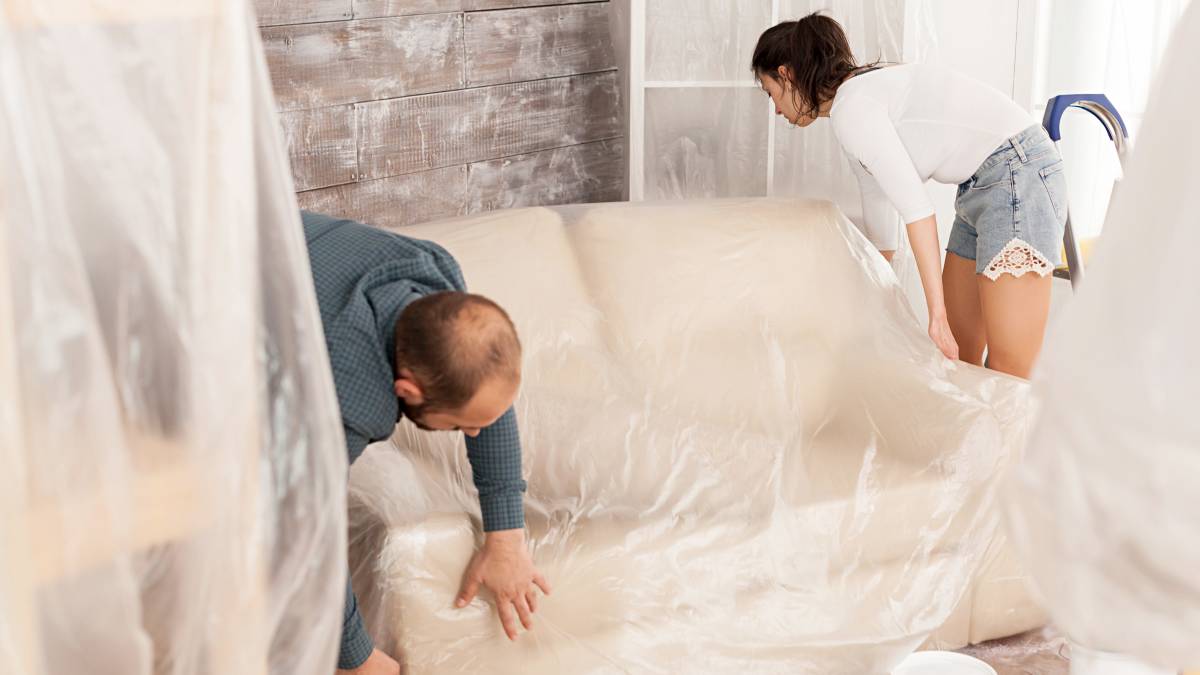
How to wrap furniture for moving
Read more
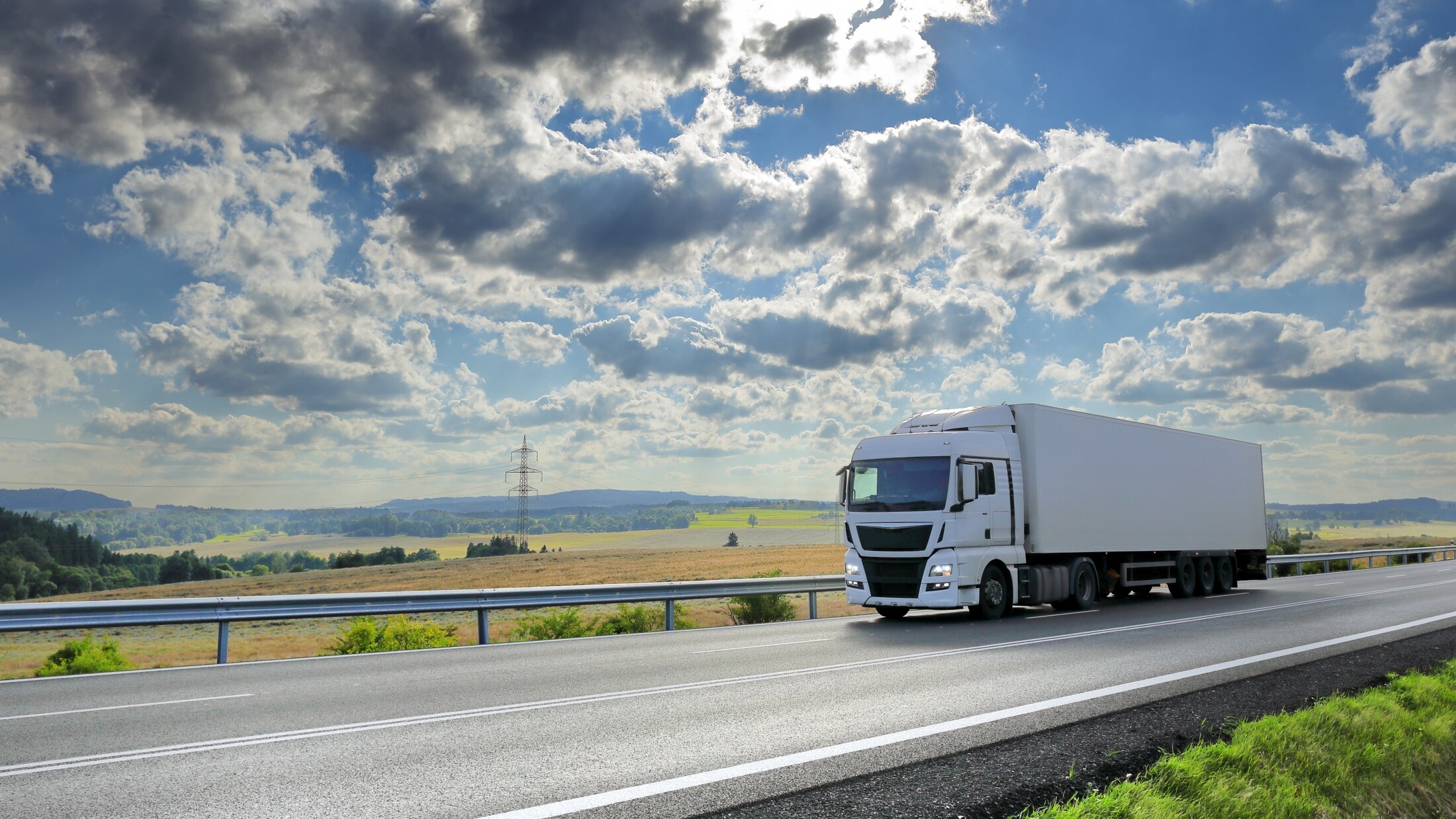
Moving interstate checklist
Read more
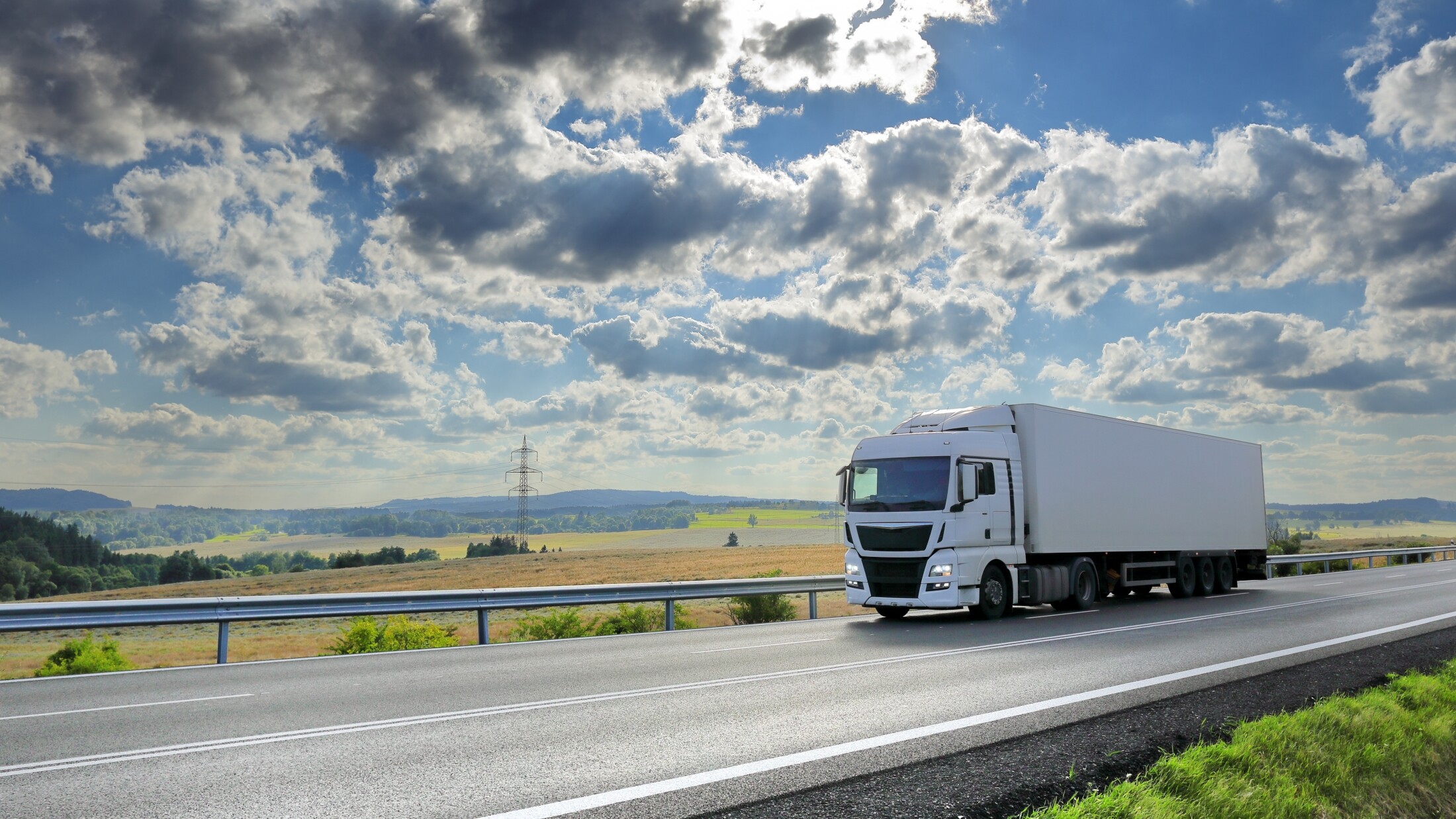
Moving out of state checklist
Read more
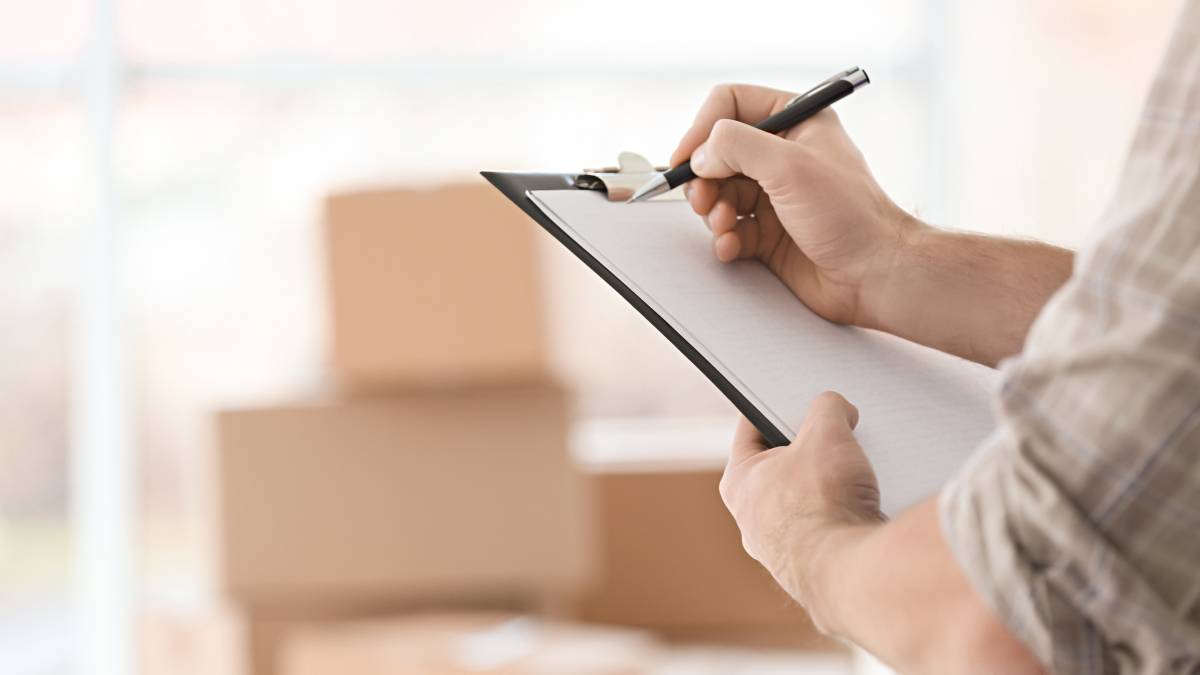
What movers won’t move
Read more
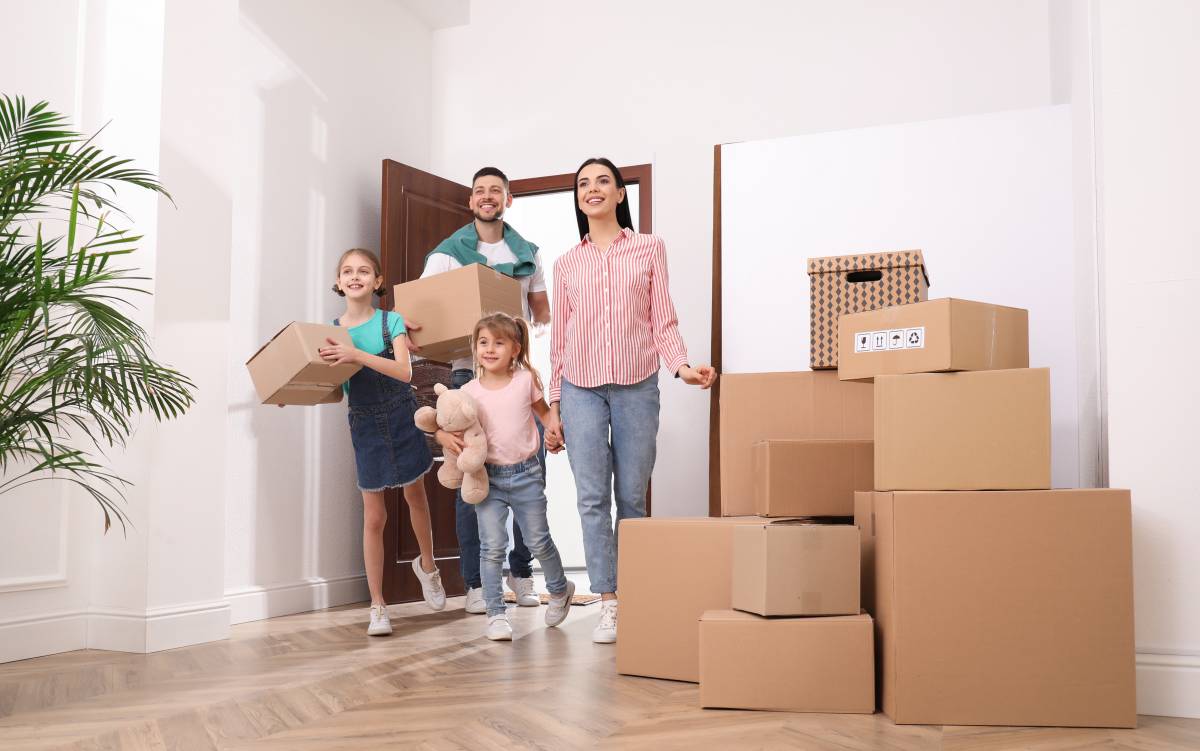
Tips for moving house with kids
Read more
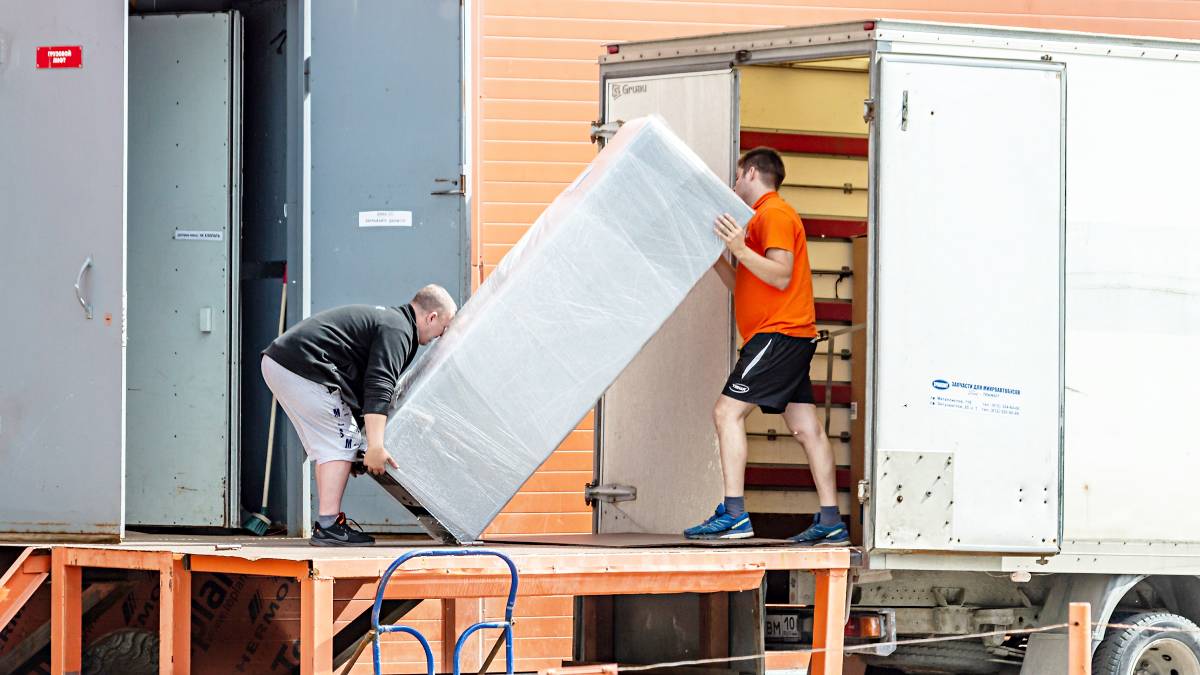
How to move a refrigerator
Read more
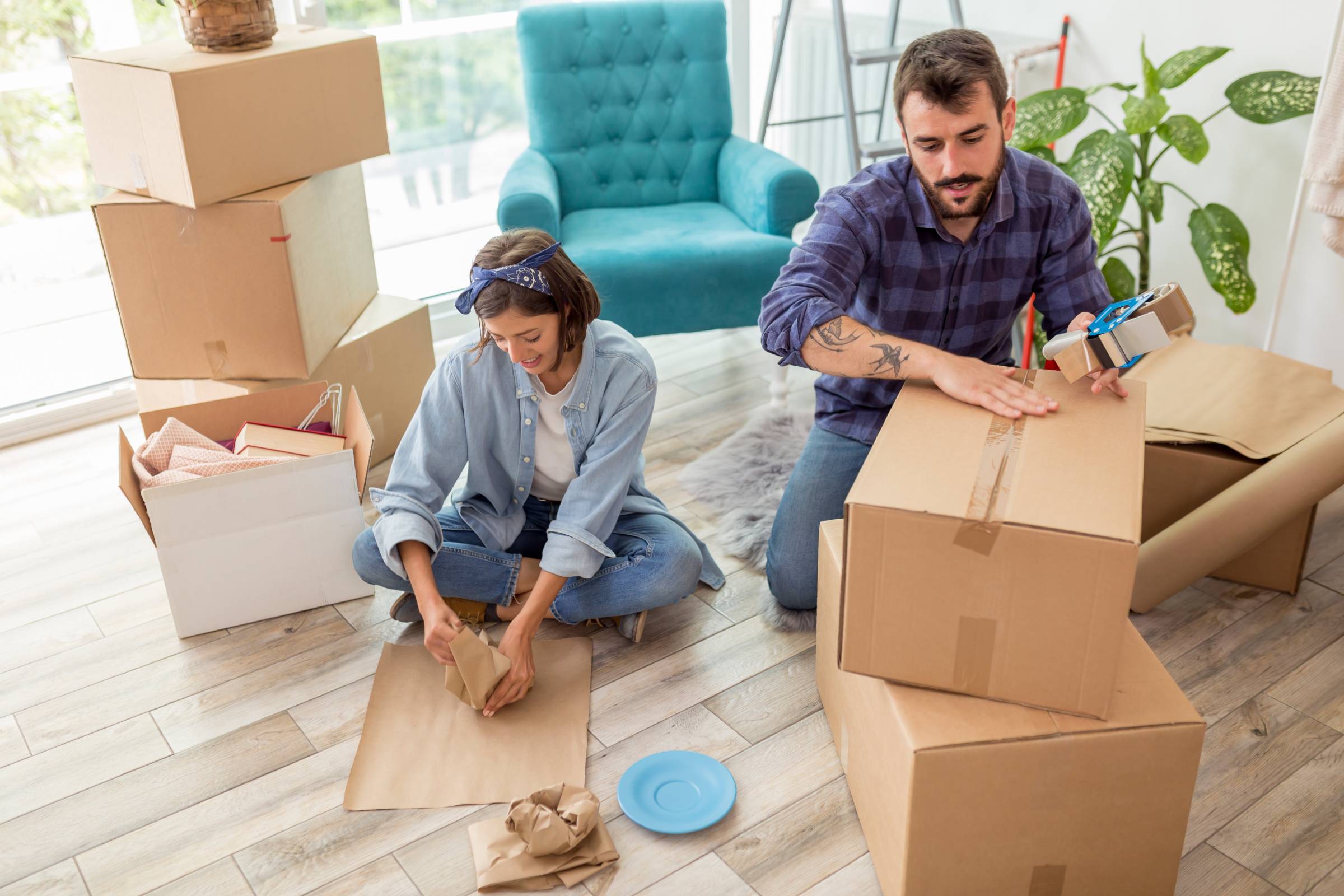
The ultimate packing and moving list
Read more
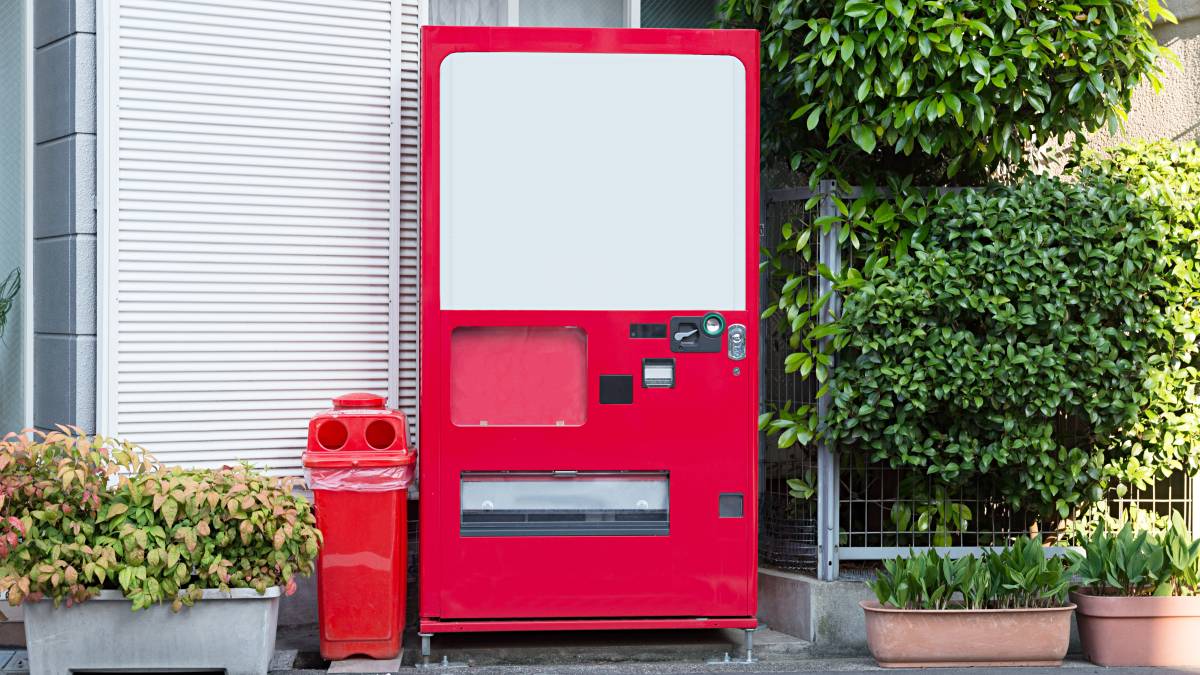
How to move a vending machine
Read more
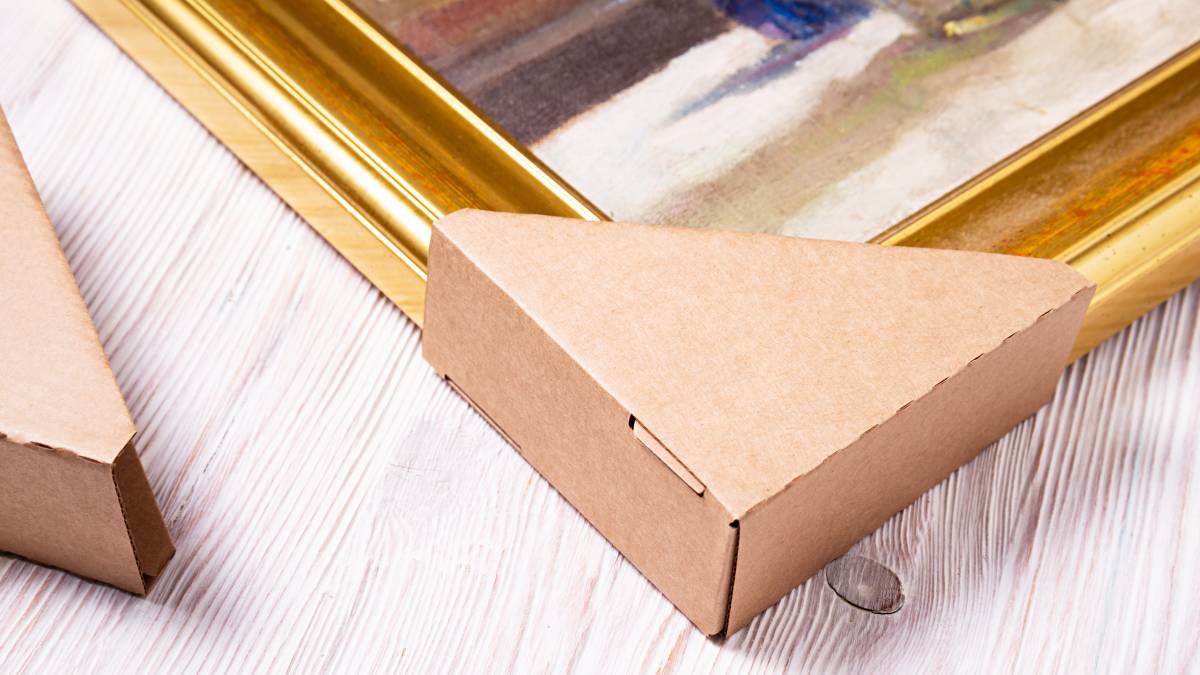
How to pack artwork for moving
Read more
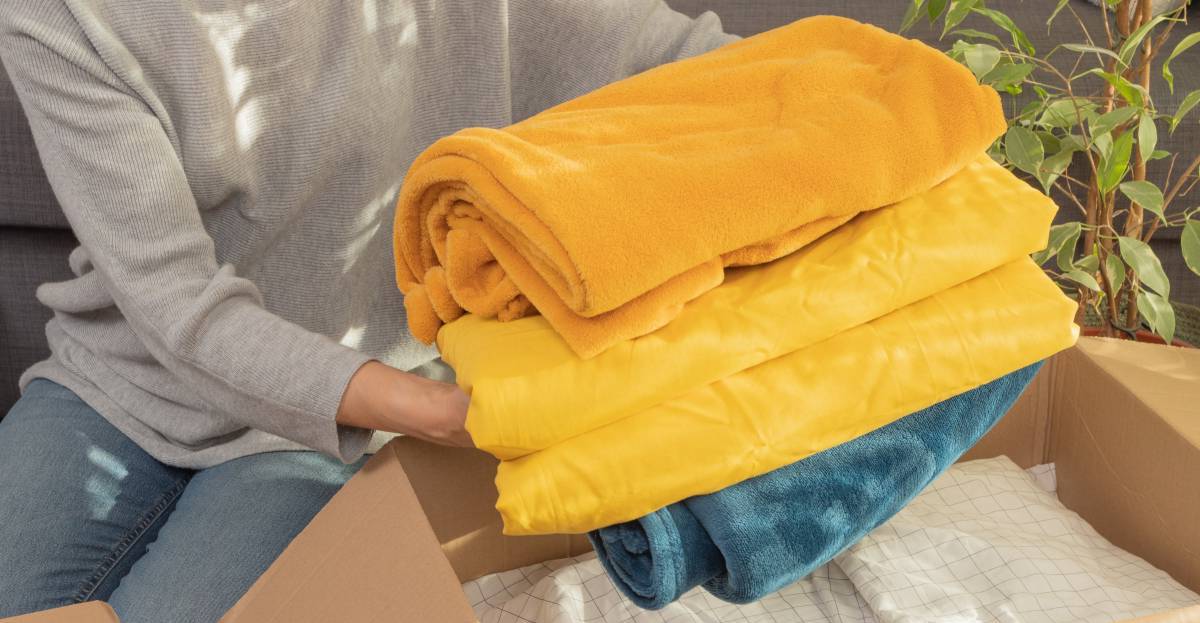
How to pack bedding for moving
Read more

How to move a pool table
Read more
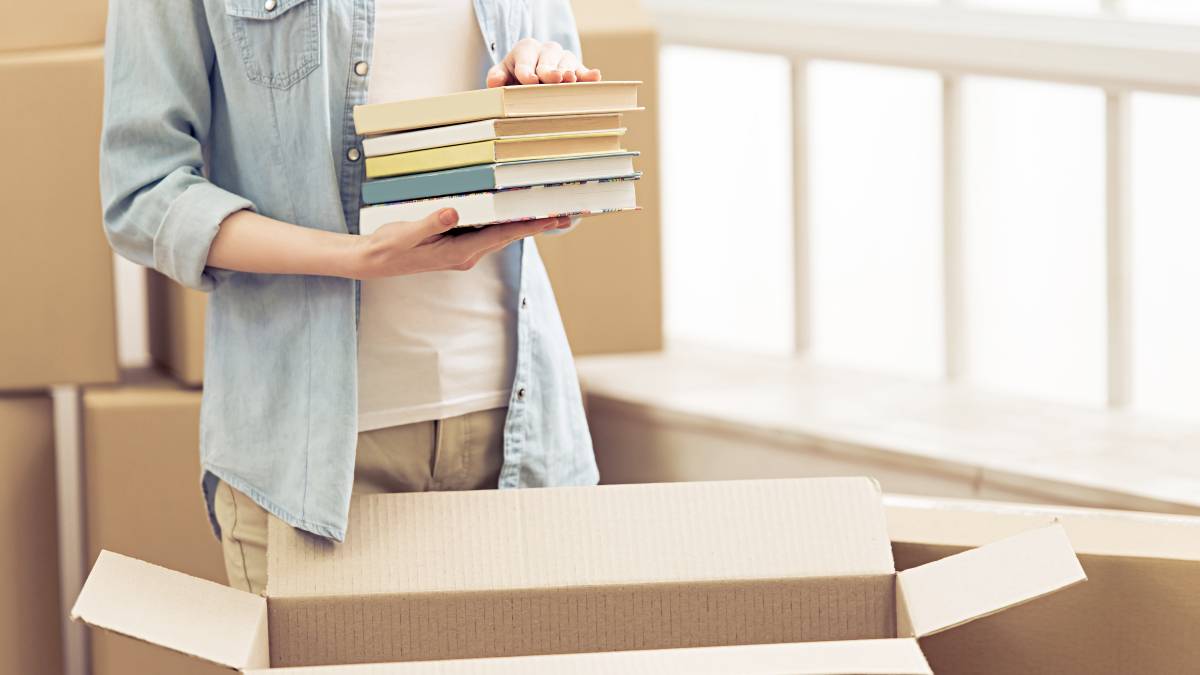
How to pack books for moving
Read more
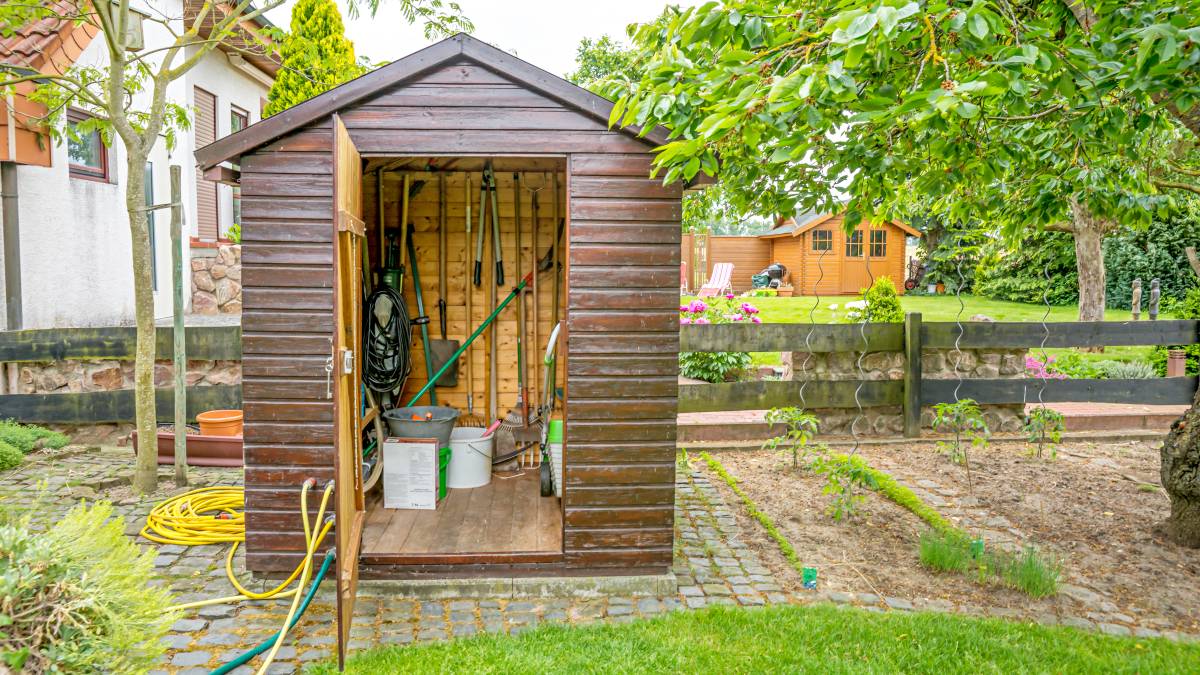
How to move a shed
Read more
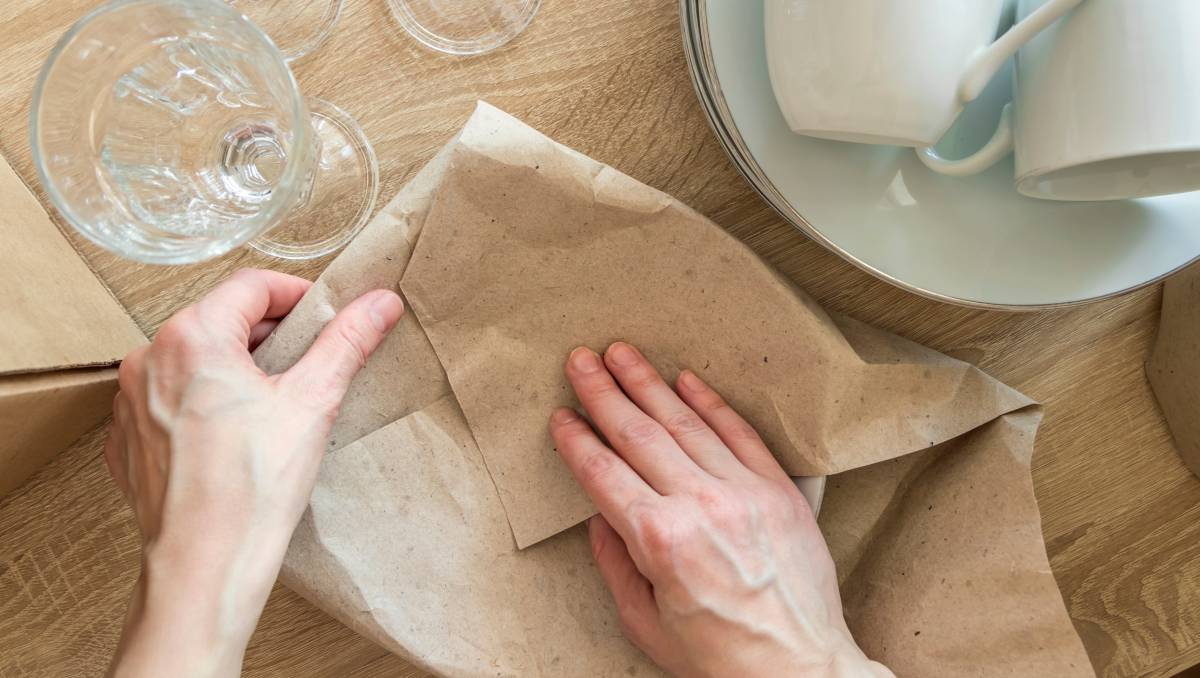
How to pack kitchen items
Read more
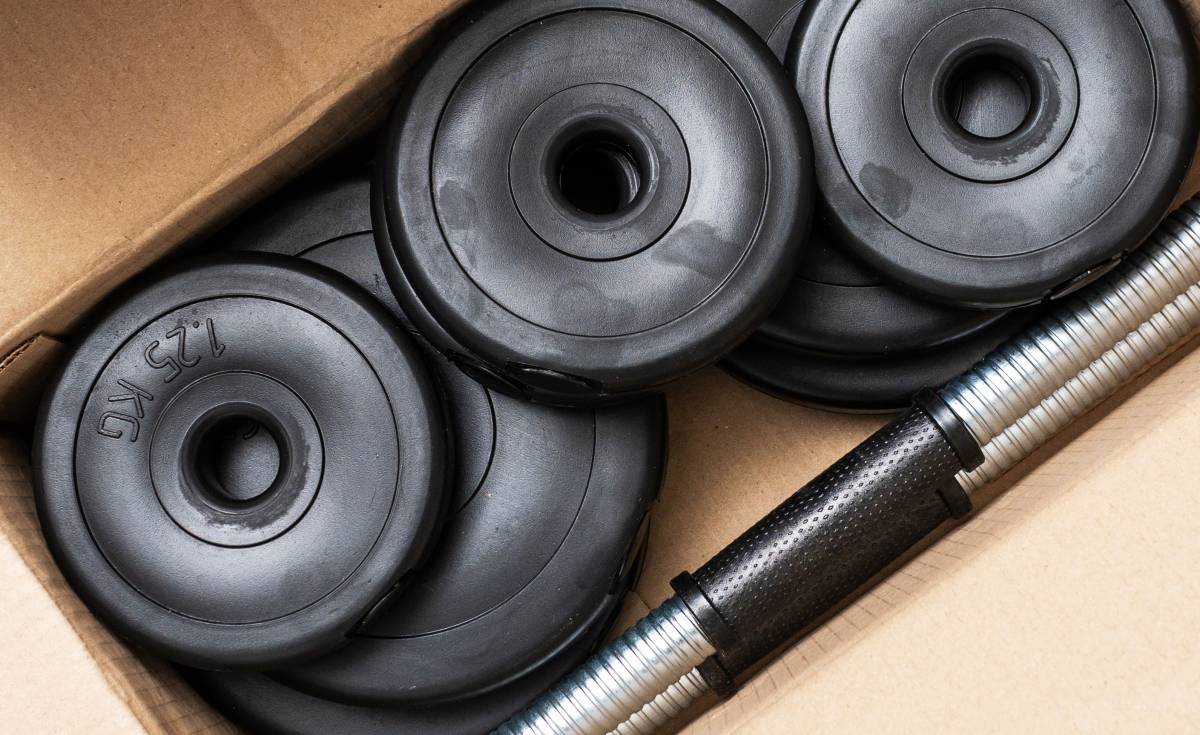
How to move gym equipment safely
Read more
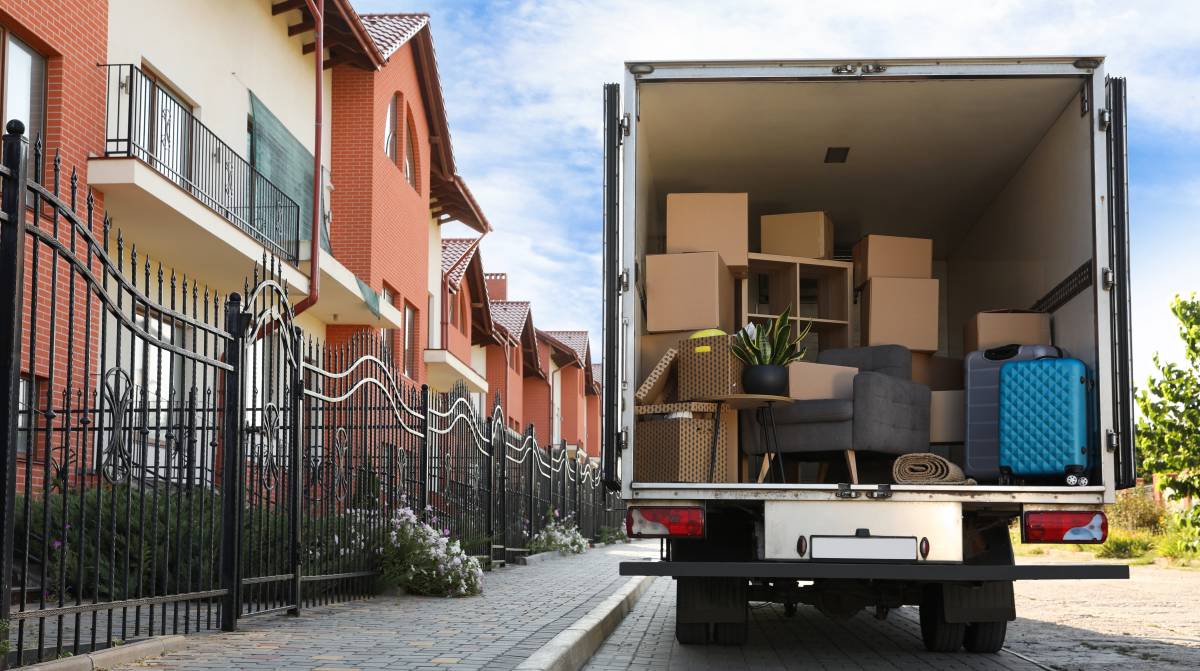
How to pack a moving truck
Read more
Related price guides
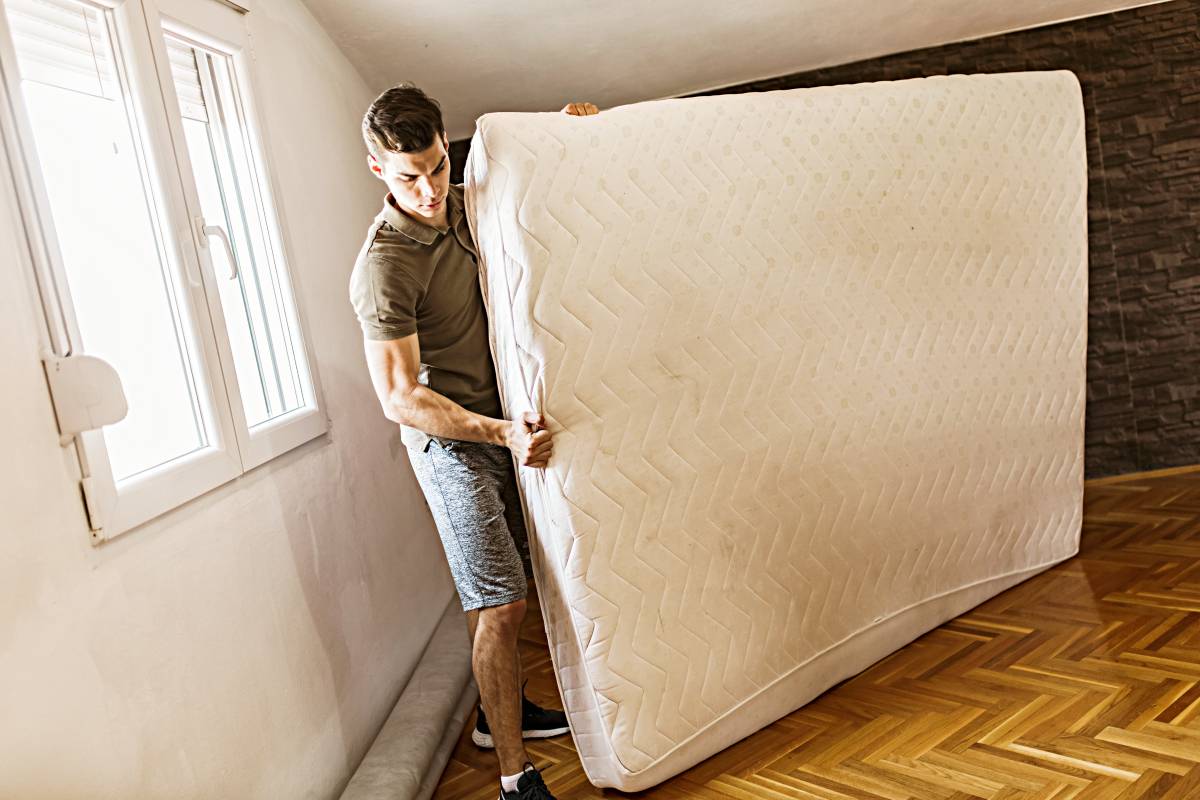
How much does mattress removal cost?
Read more
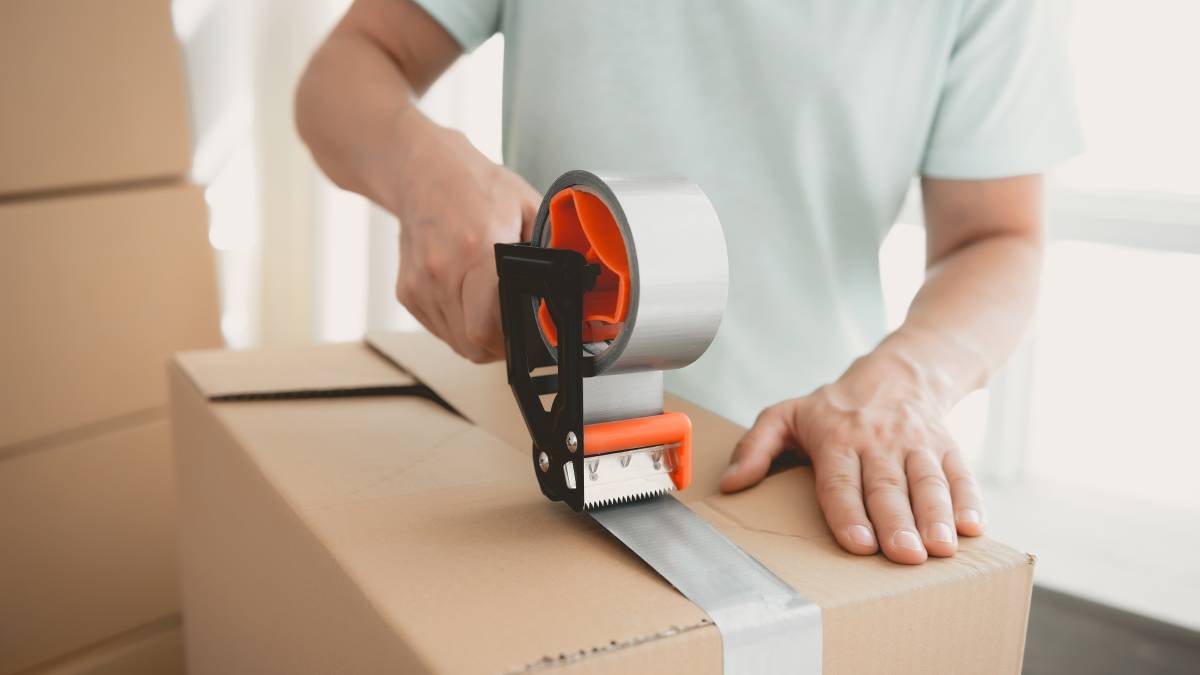
How much do packers cost?
Read more
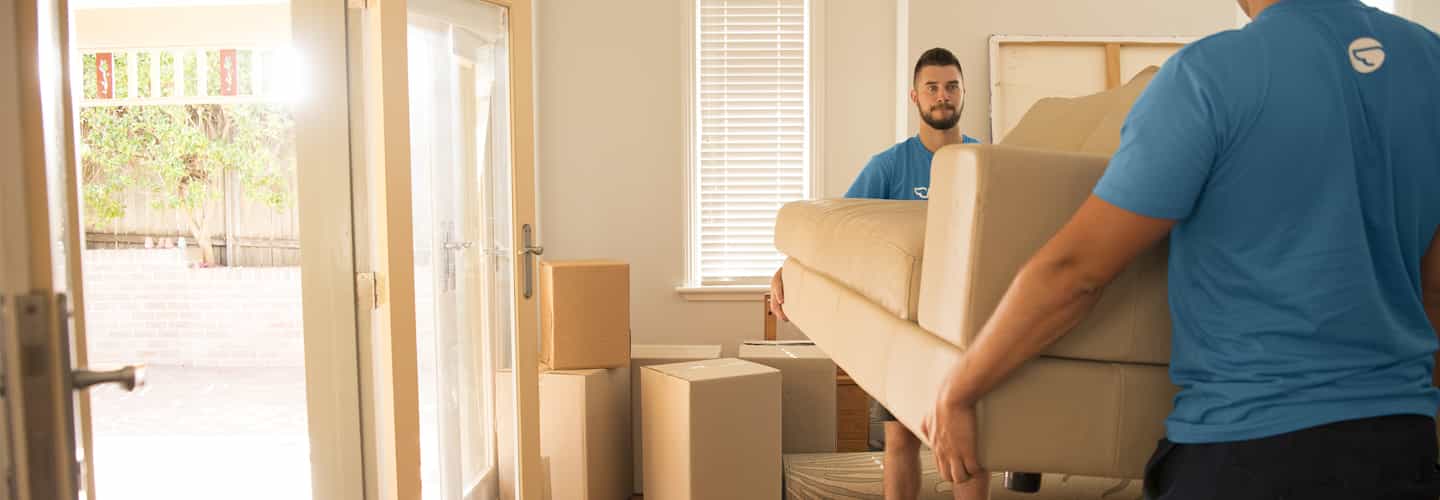
How much does a removalist cost?
Read more

